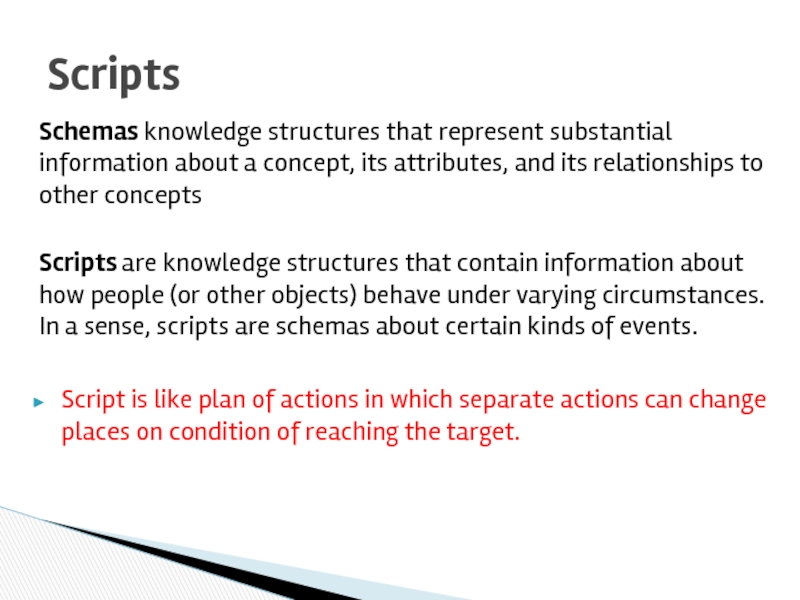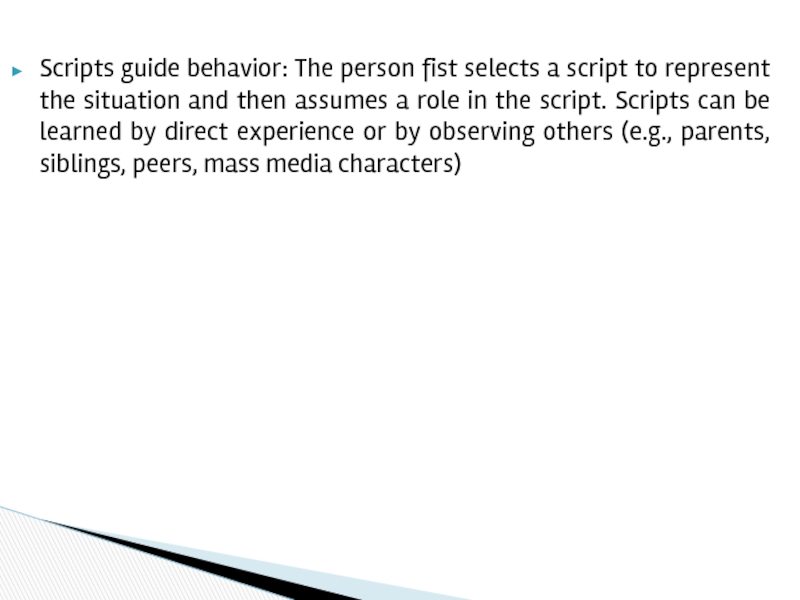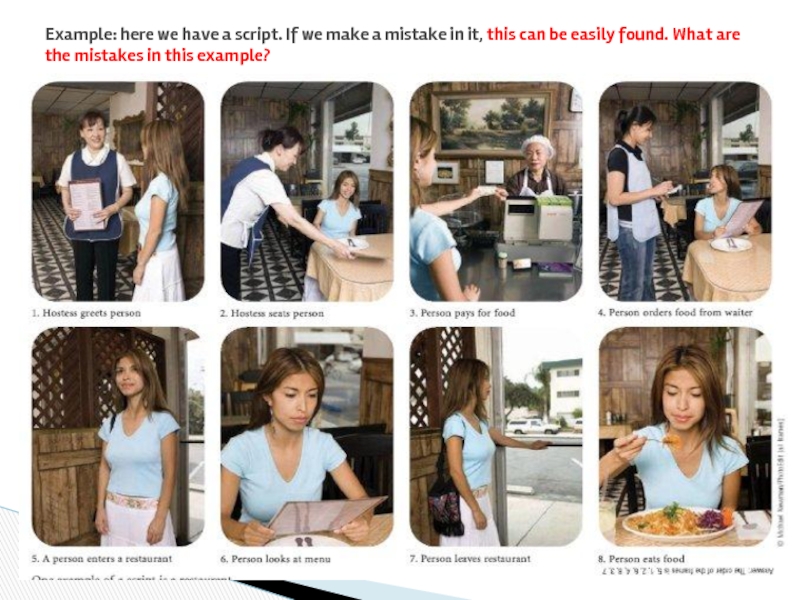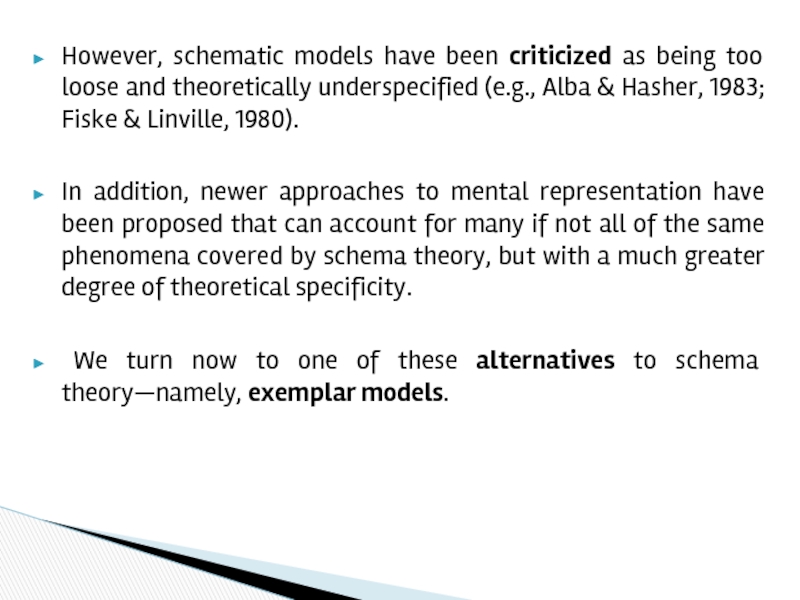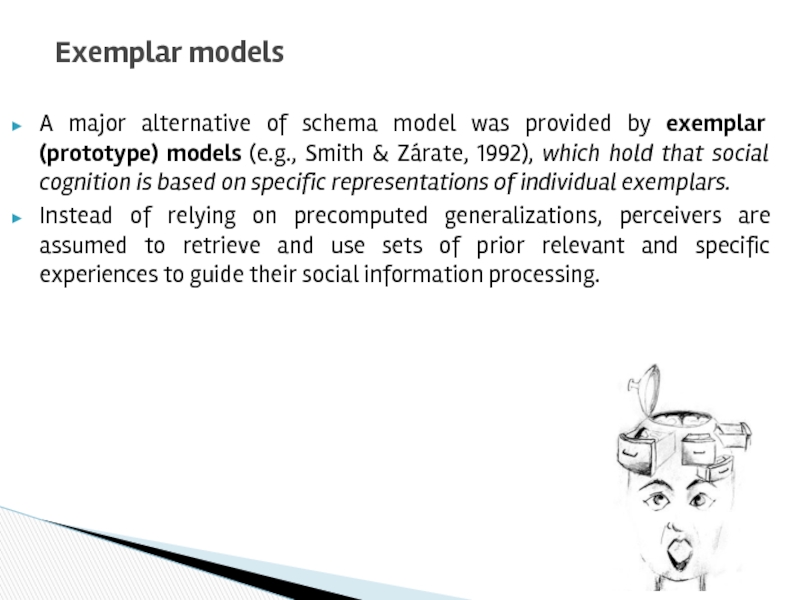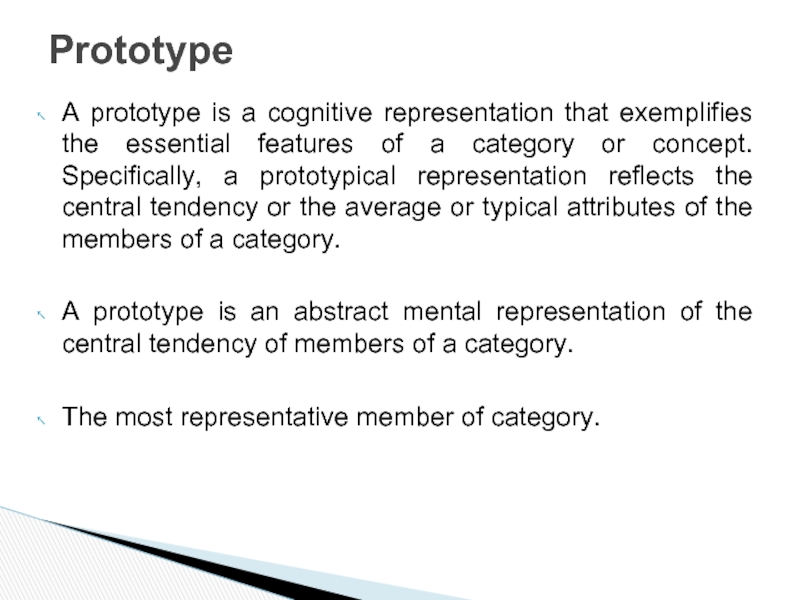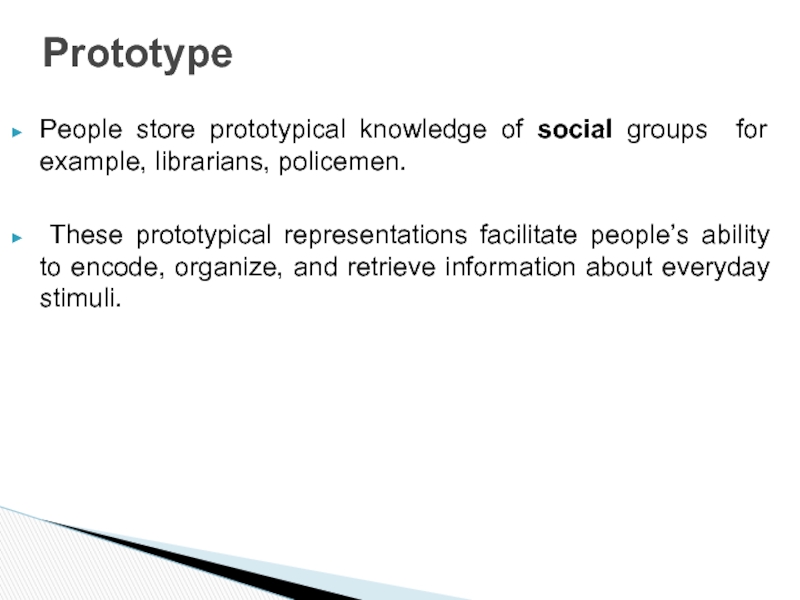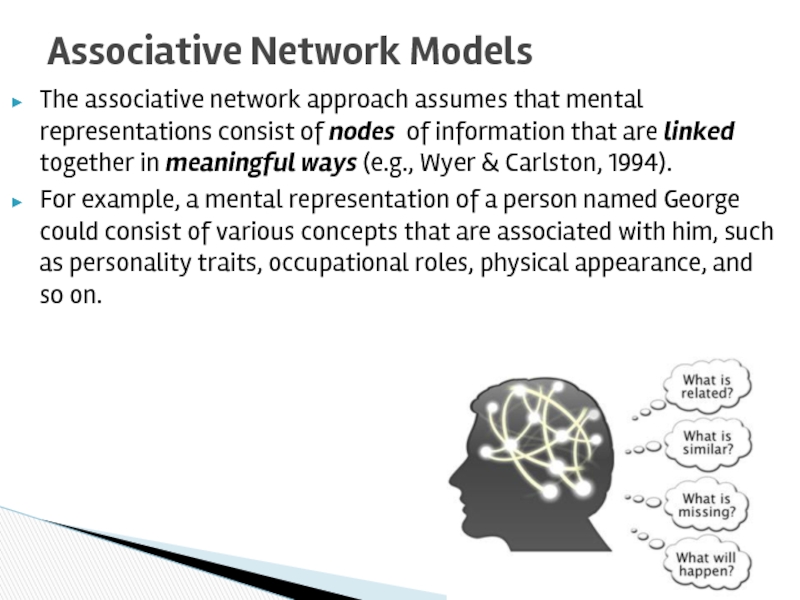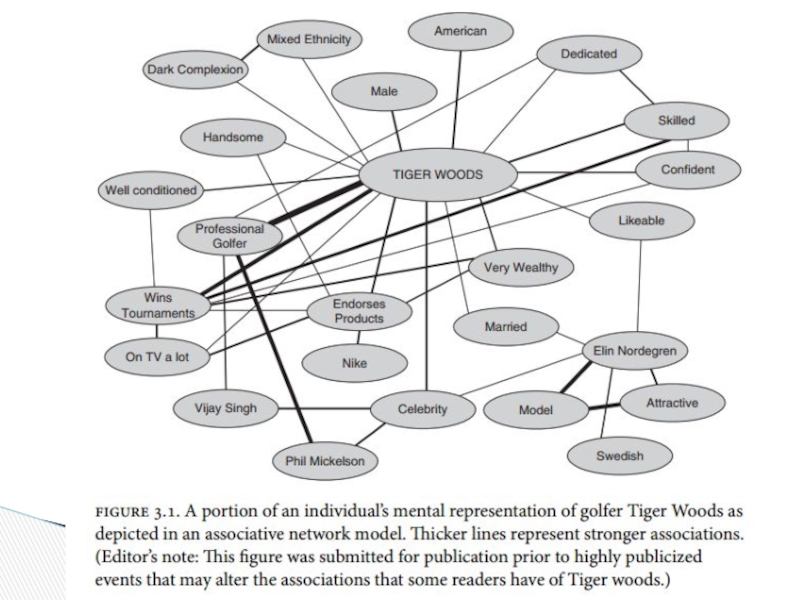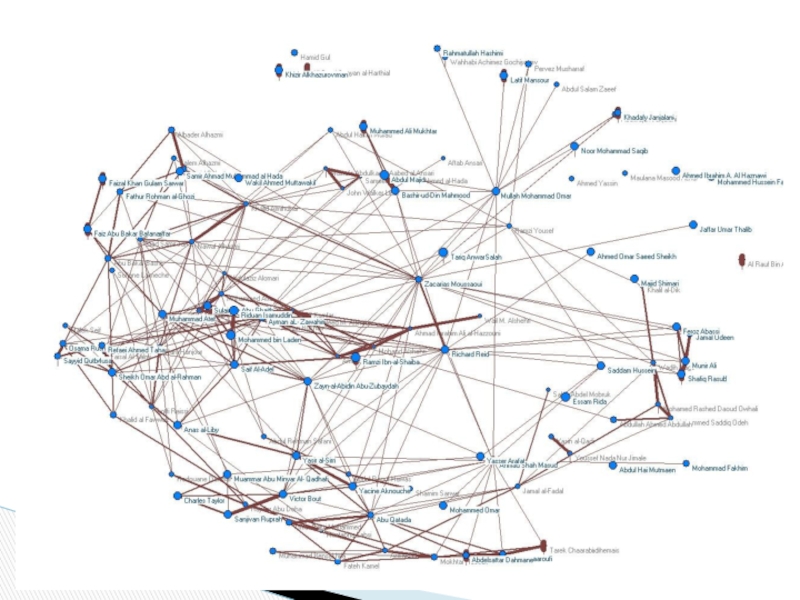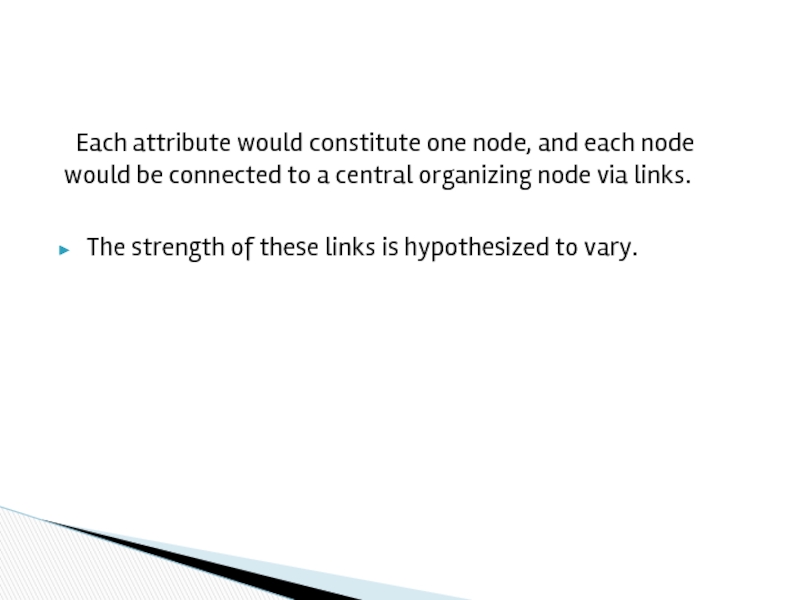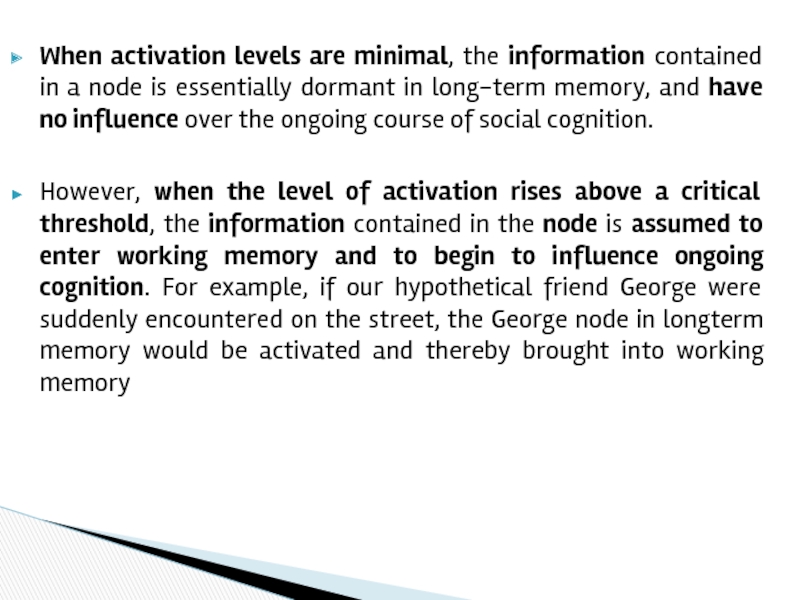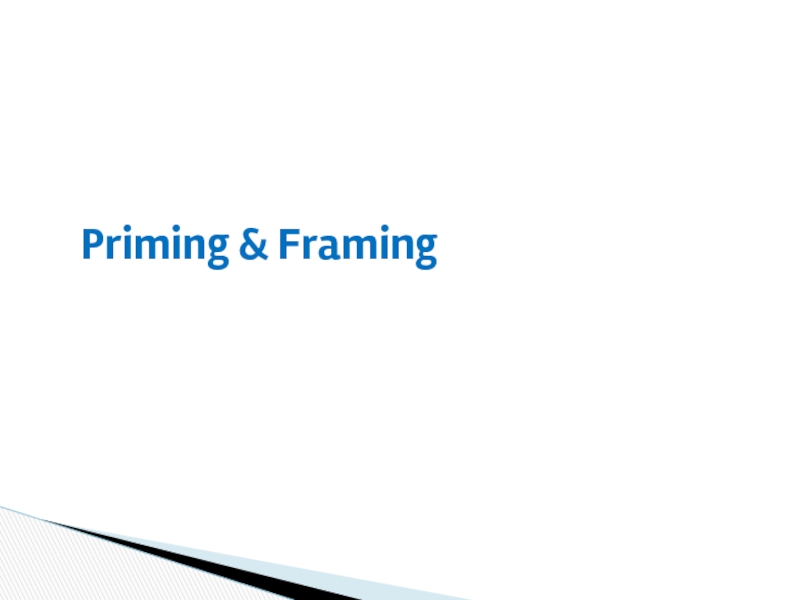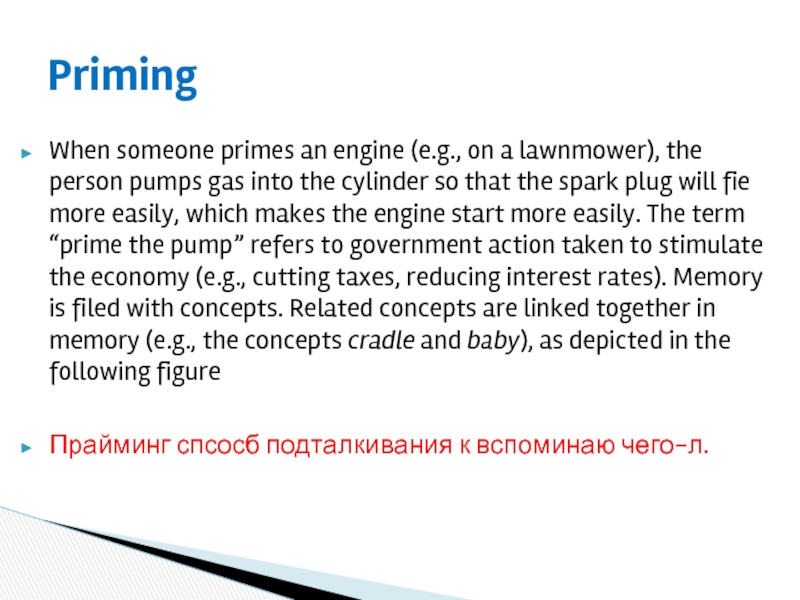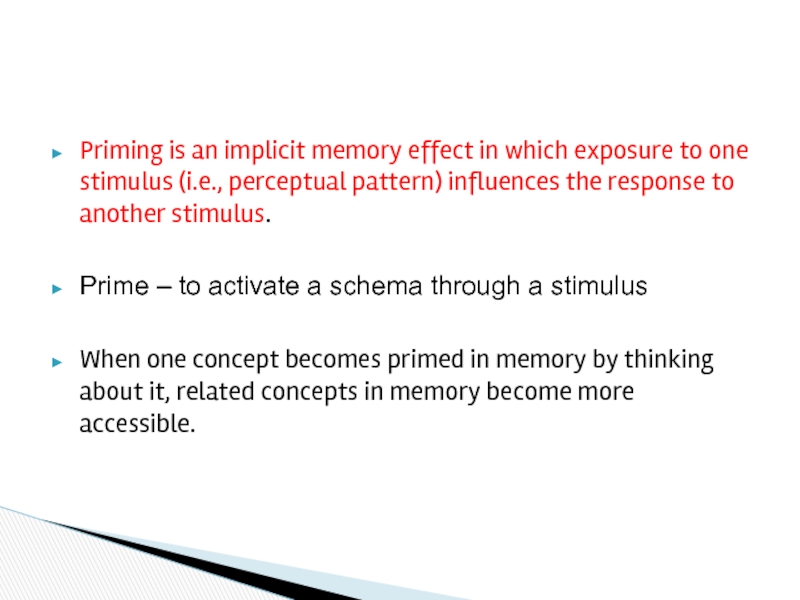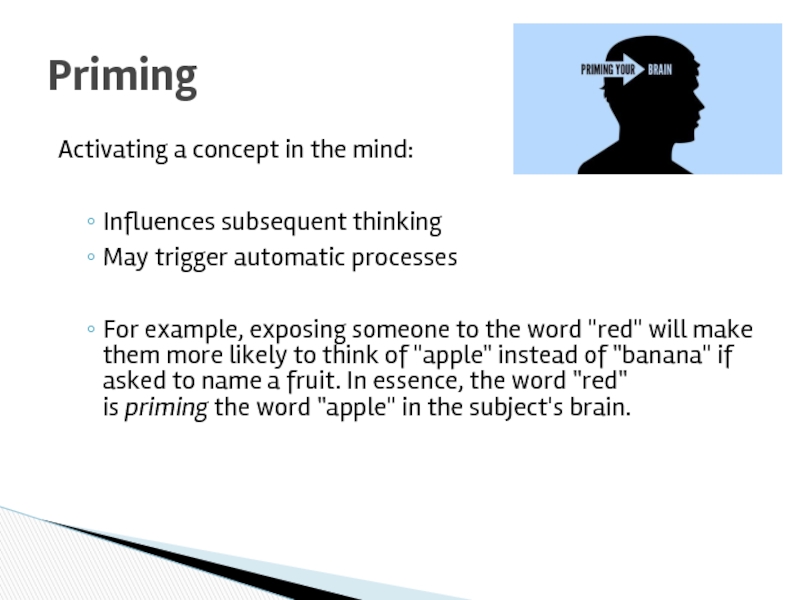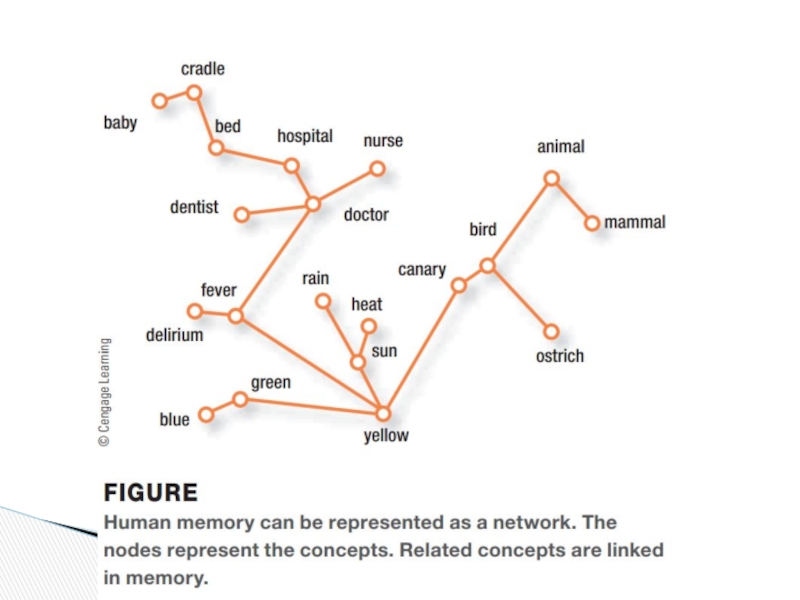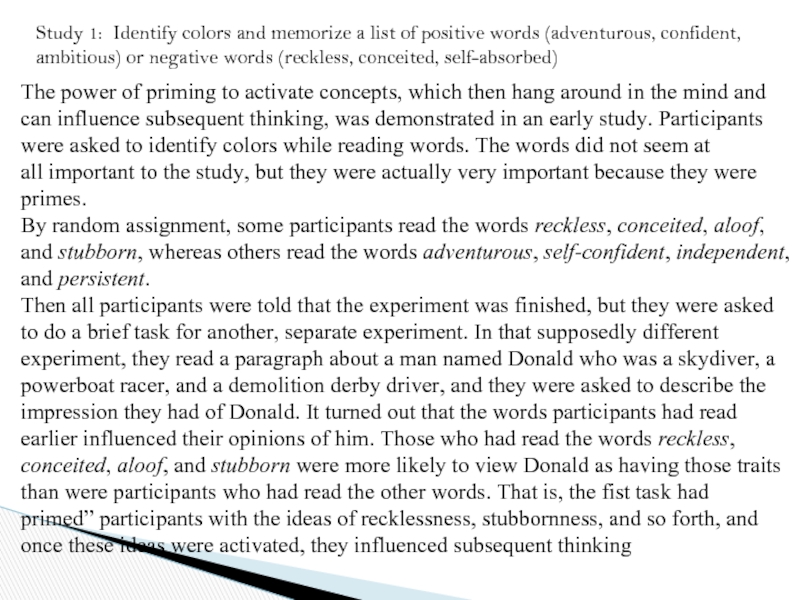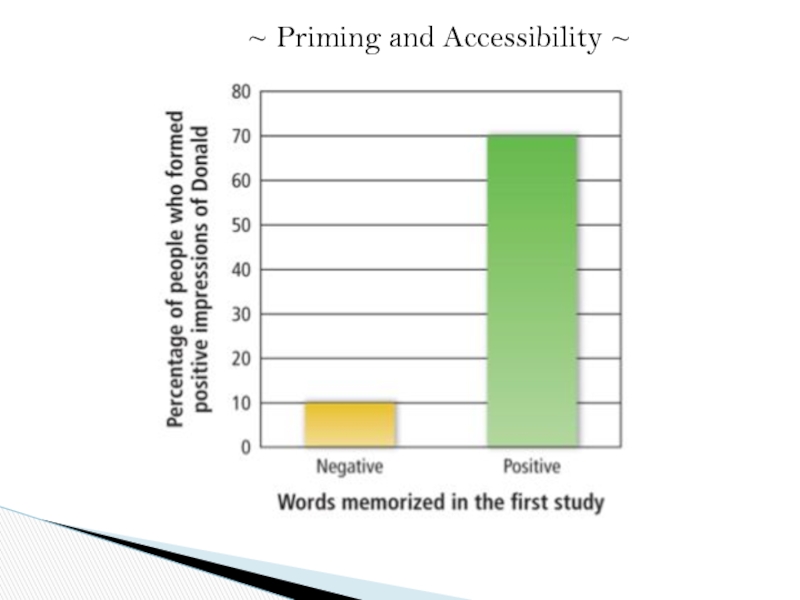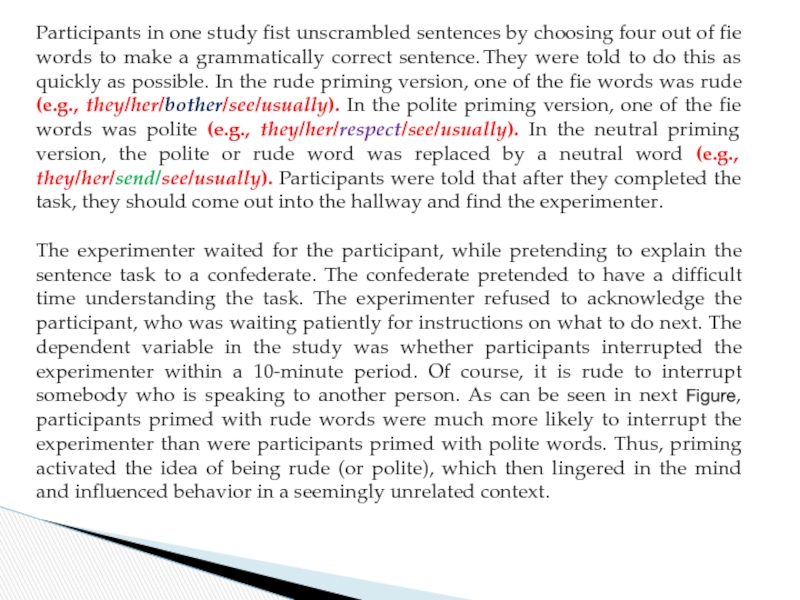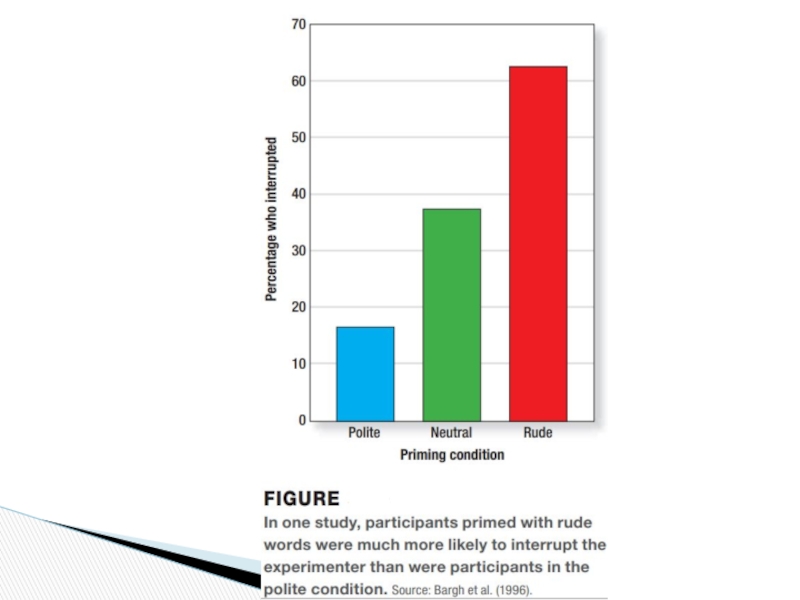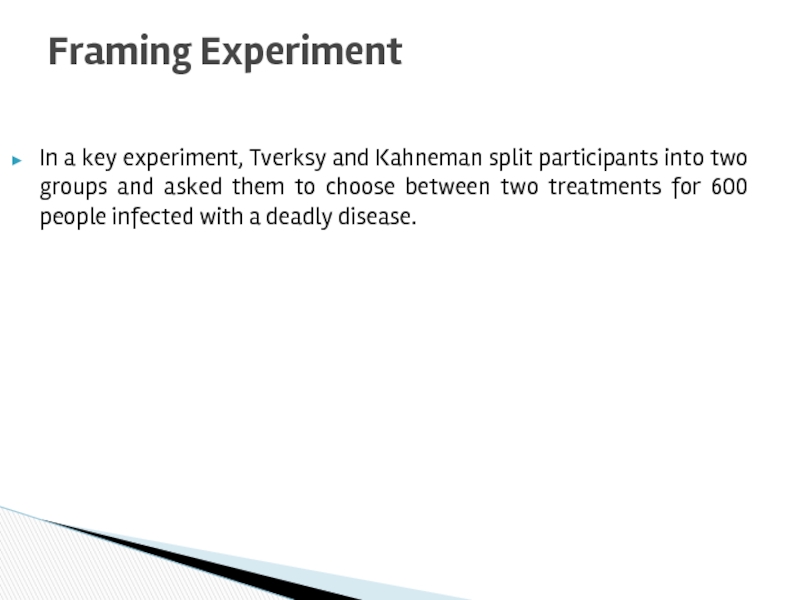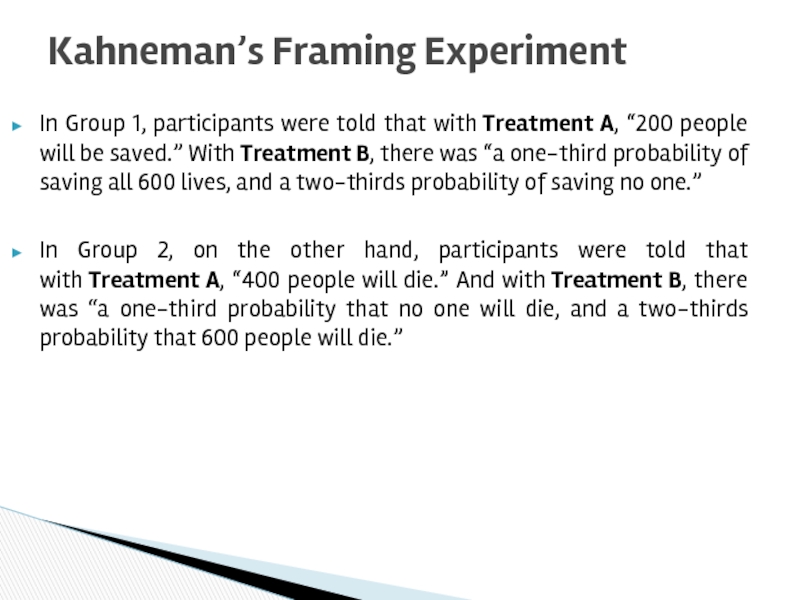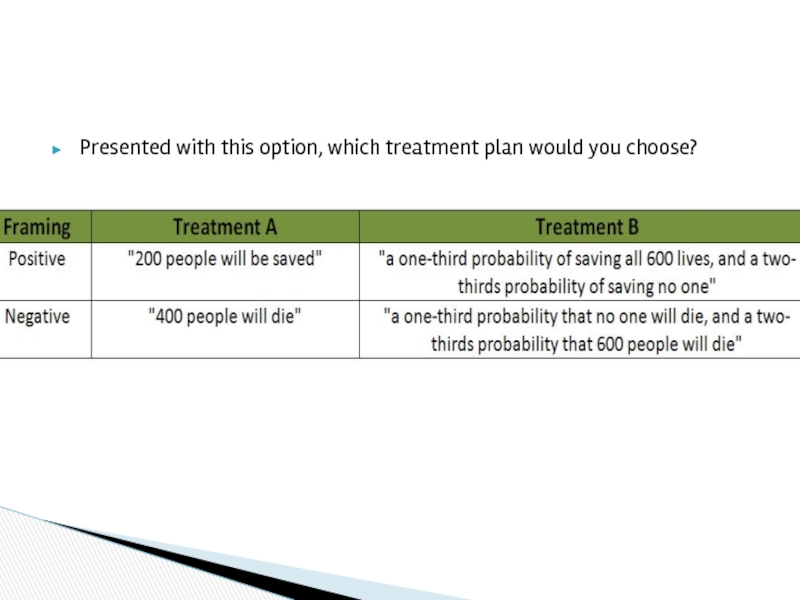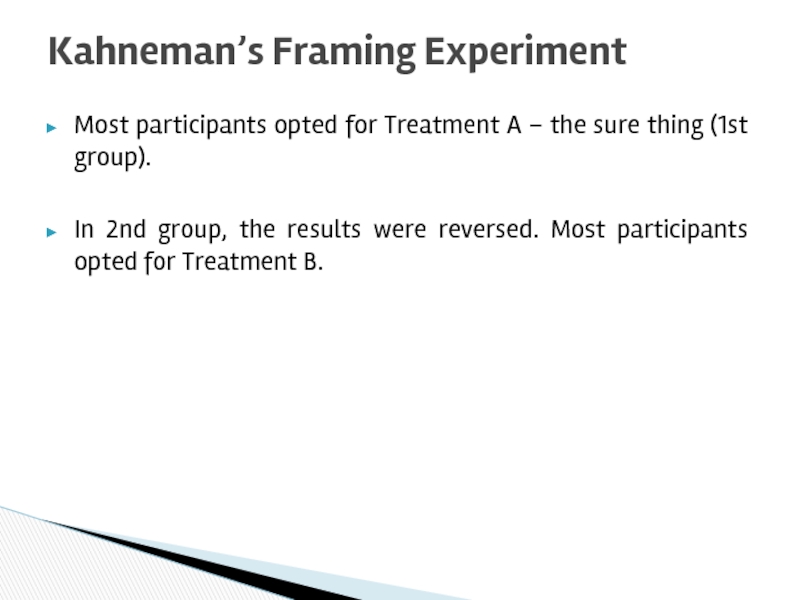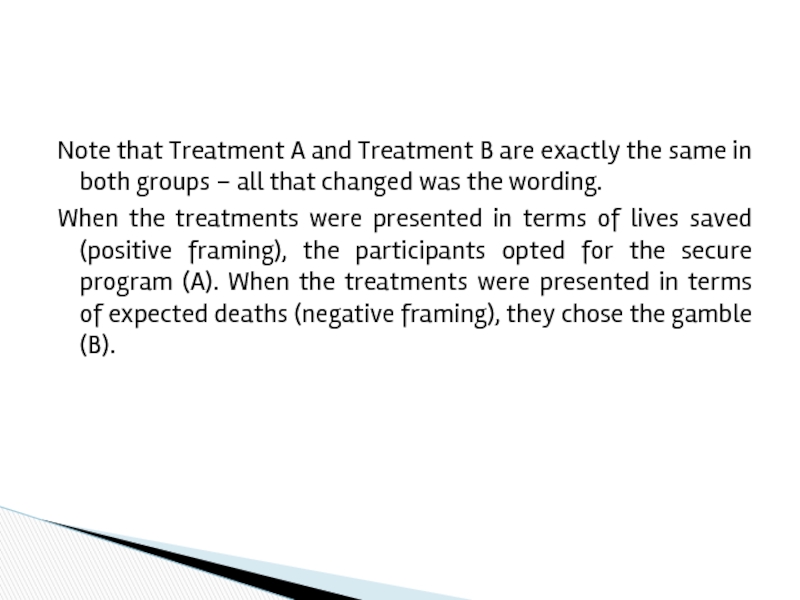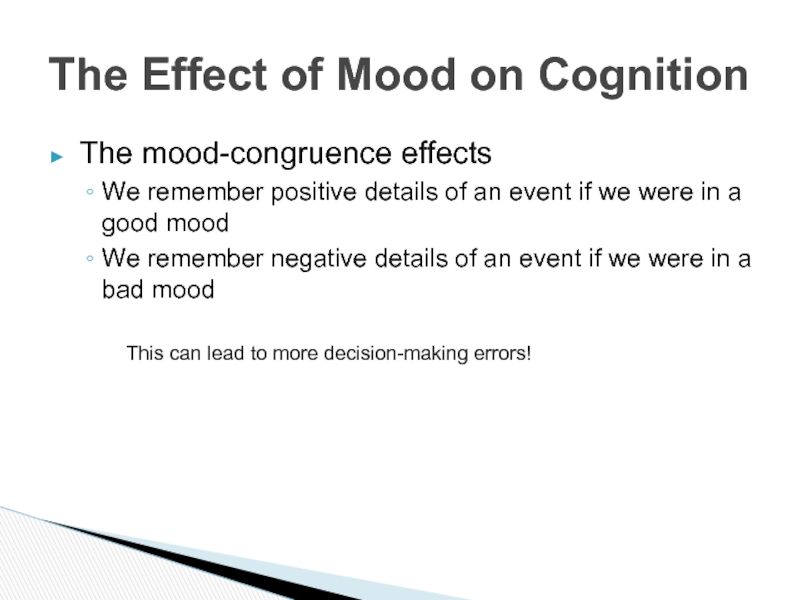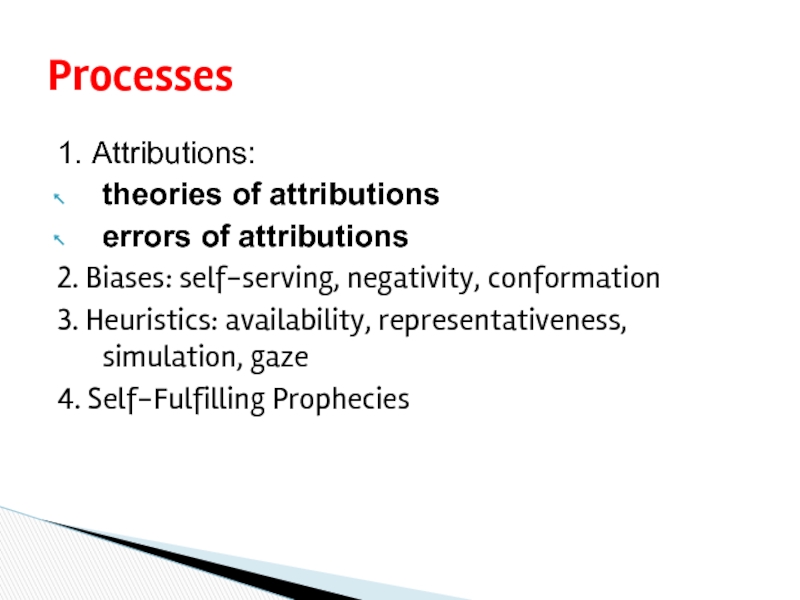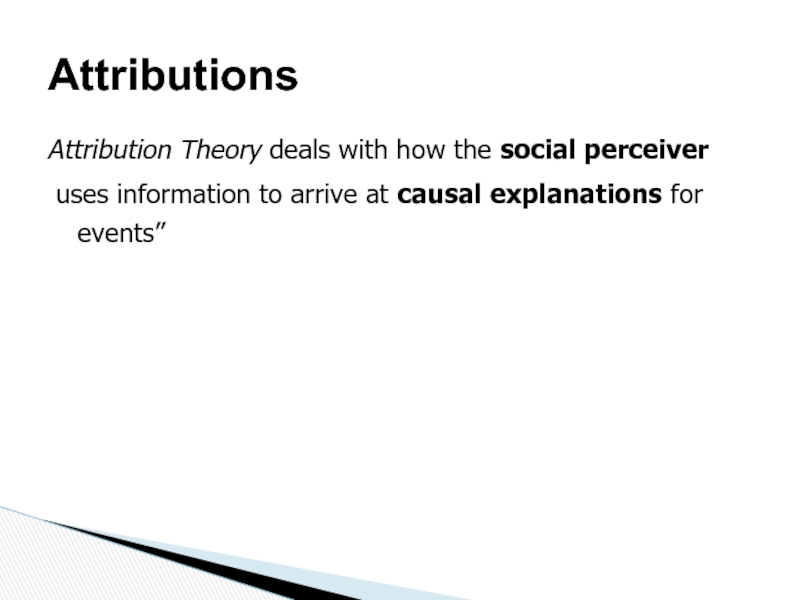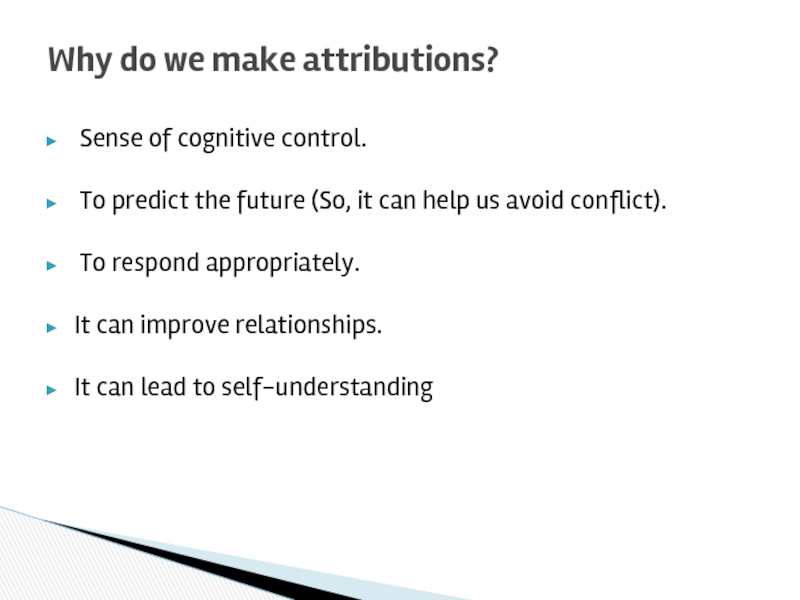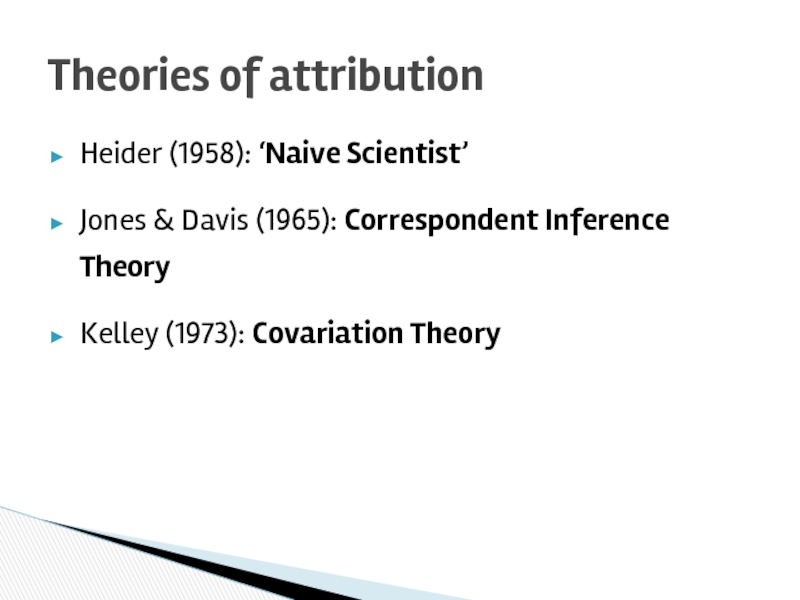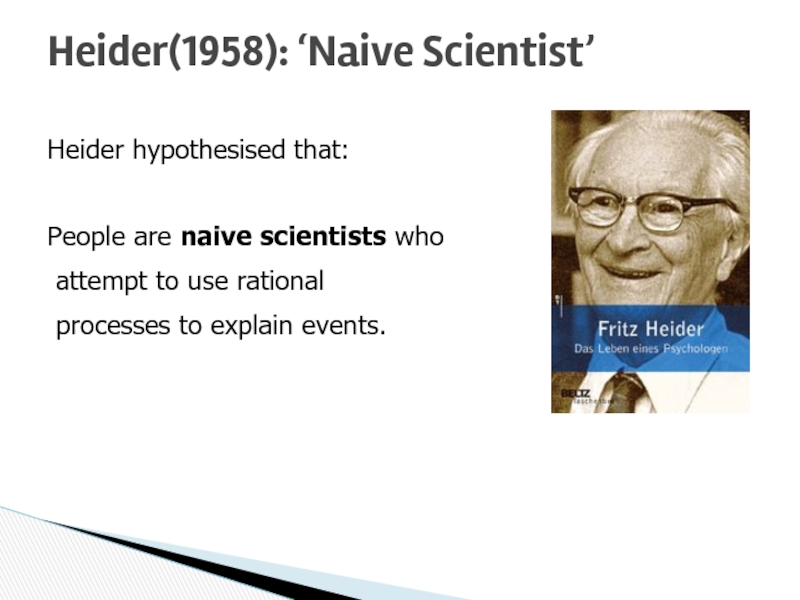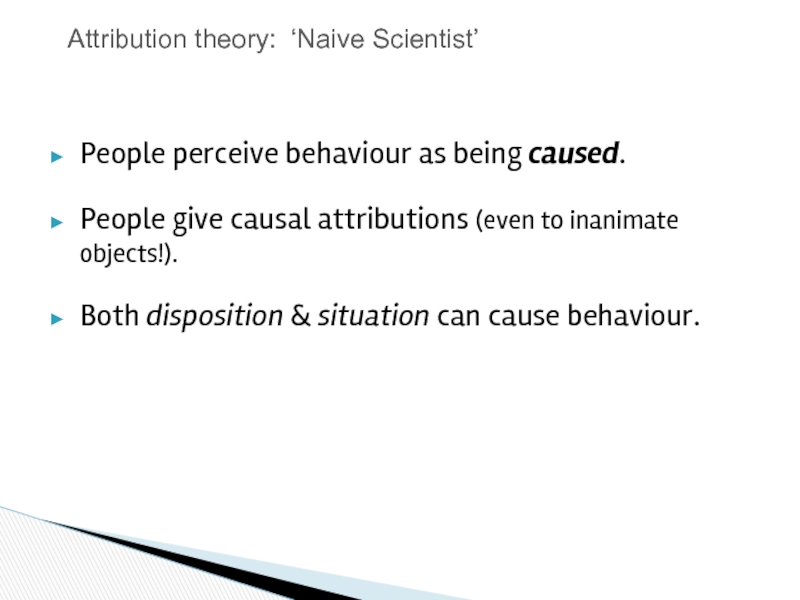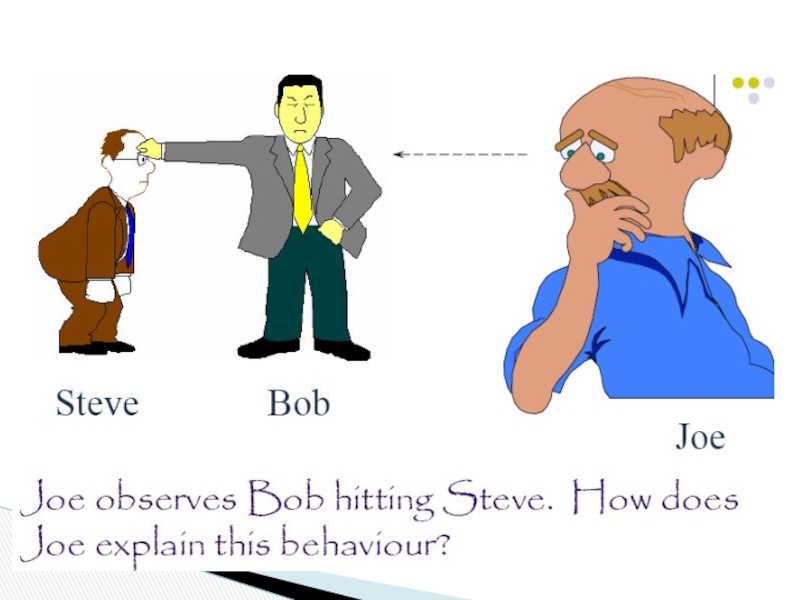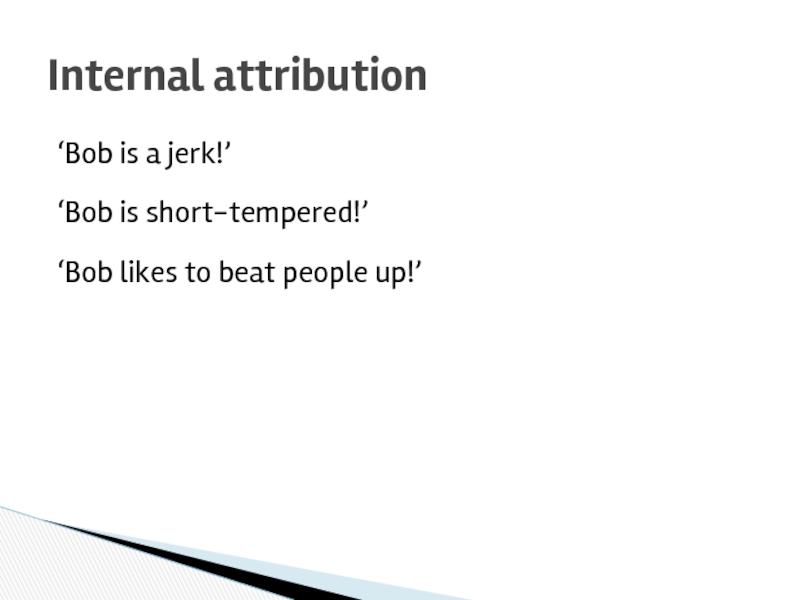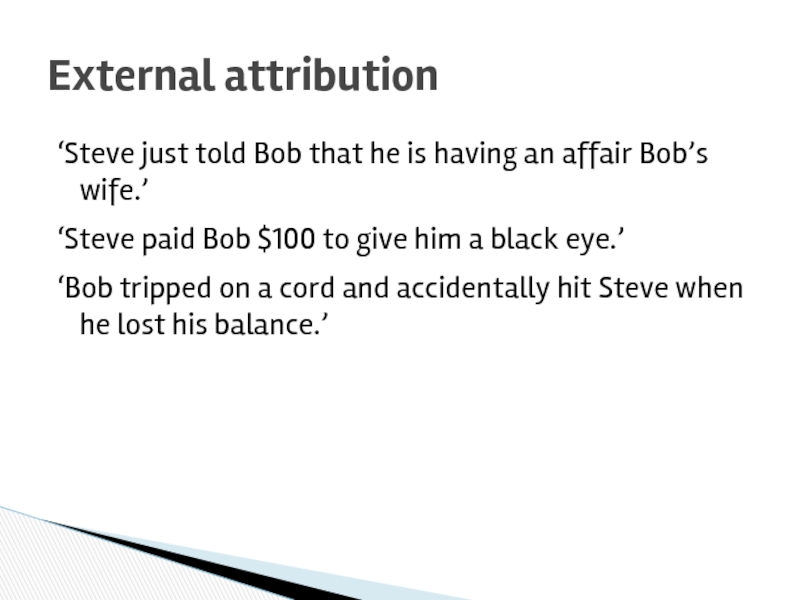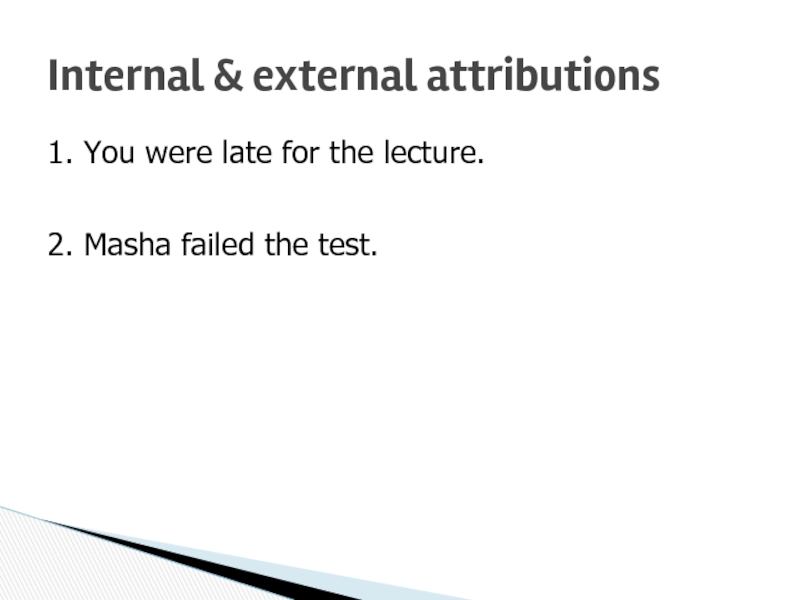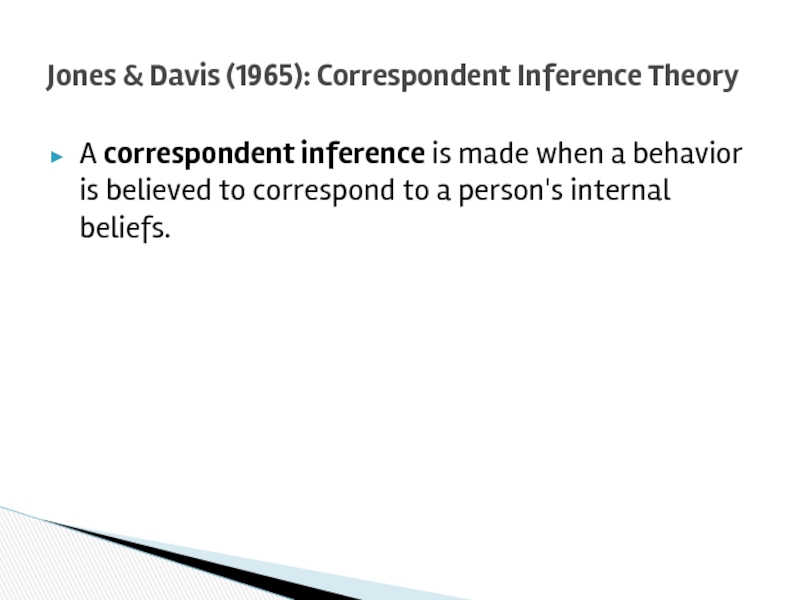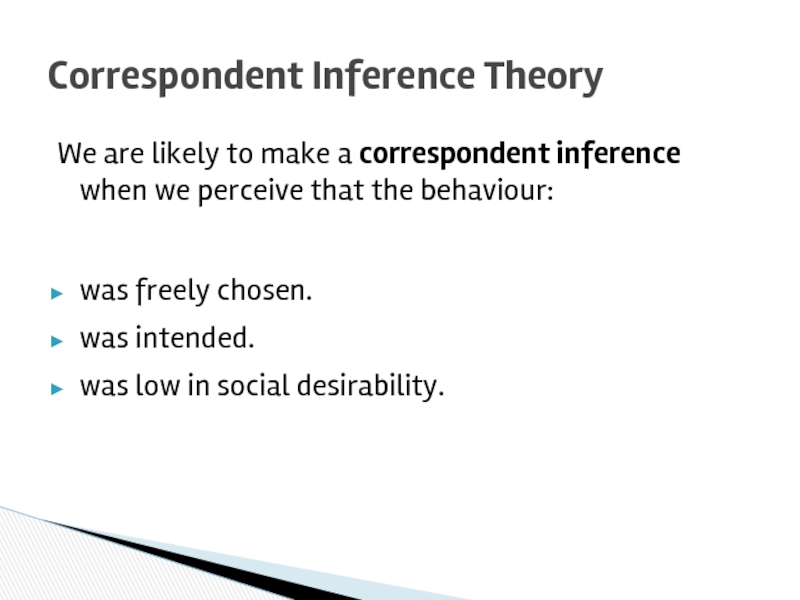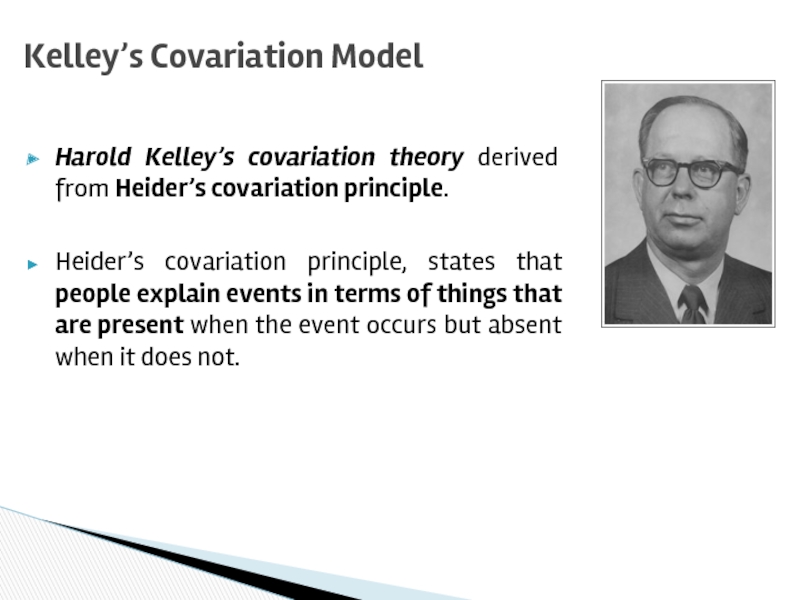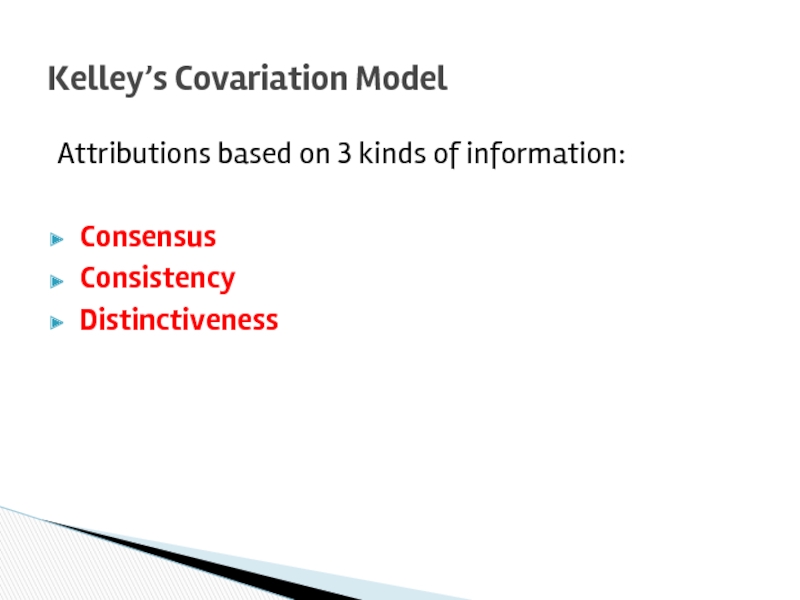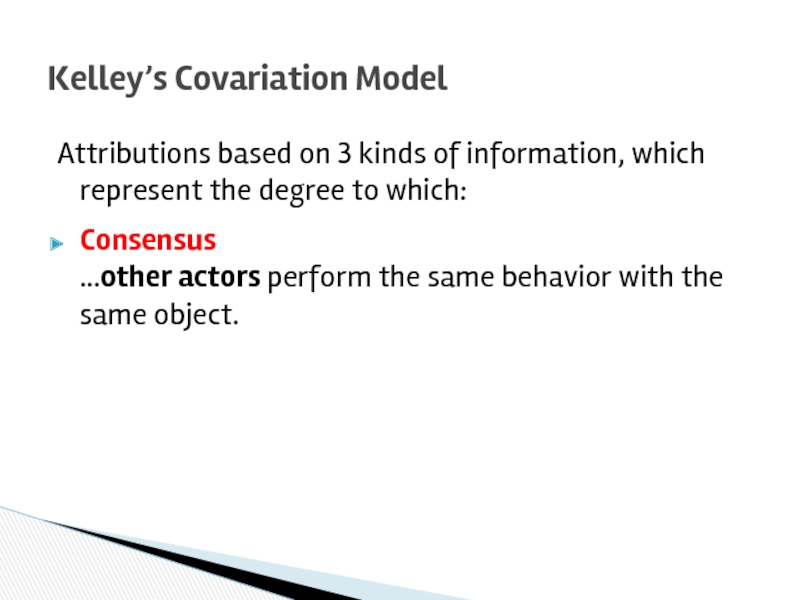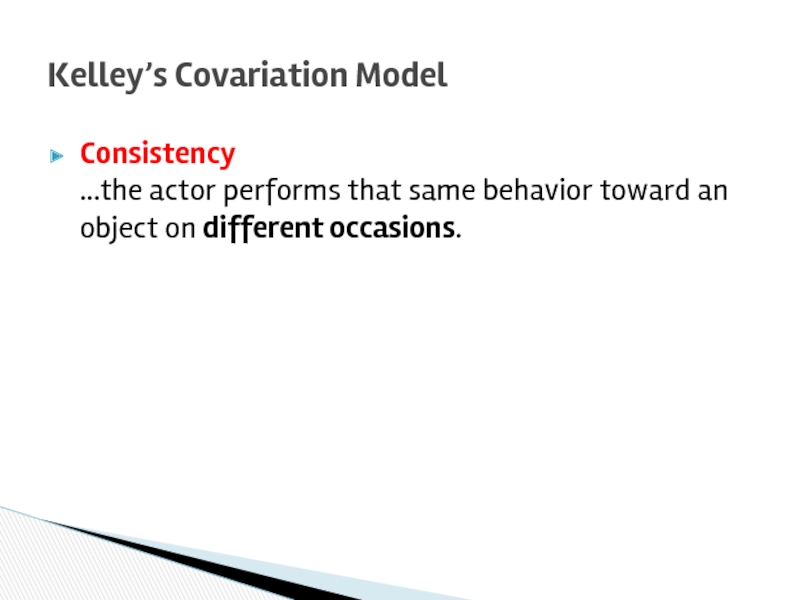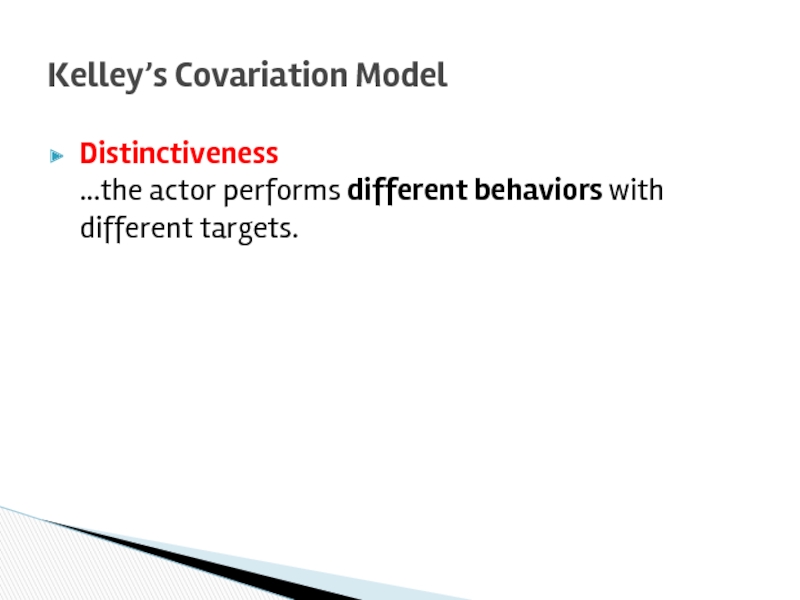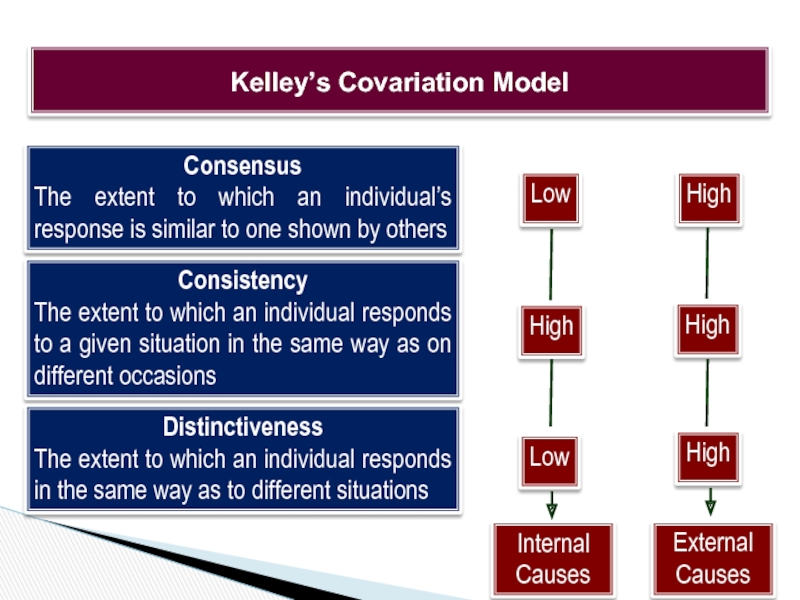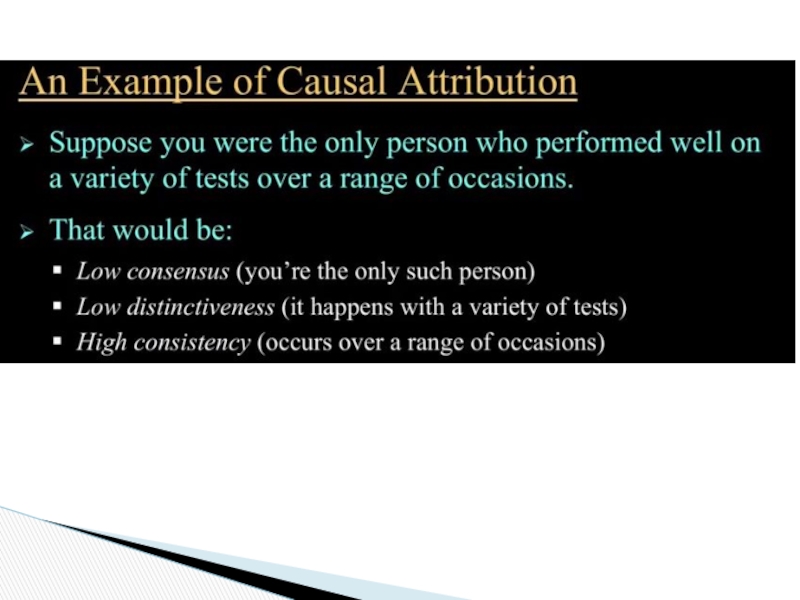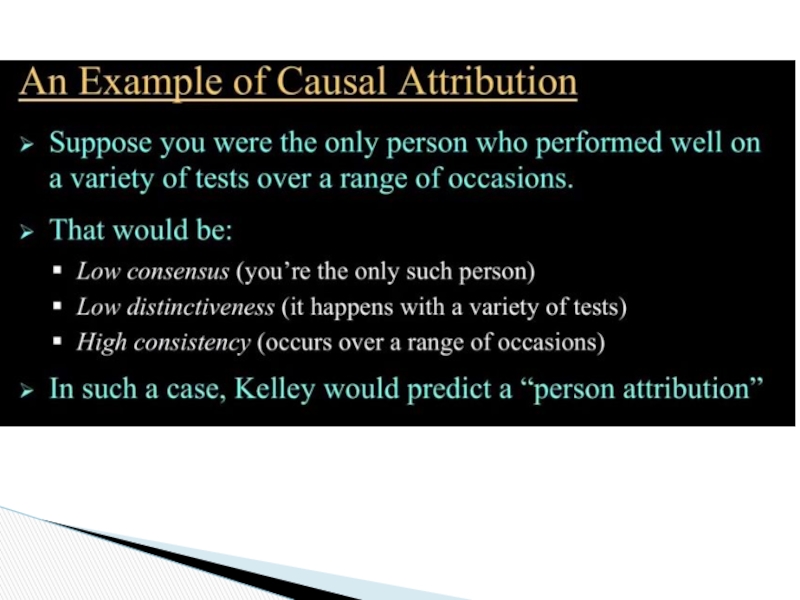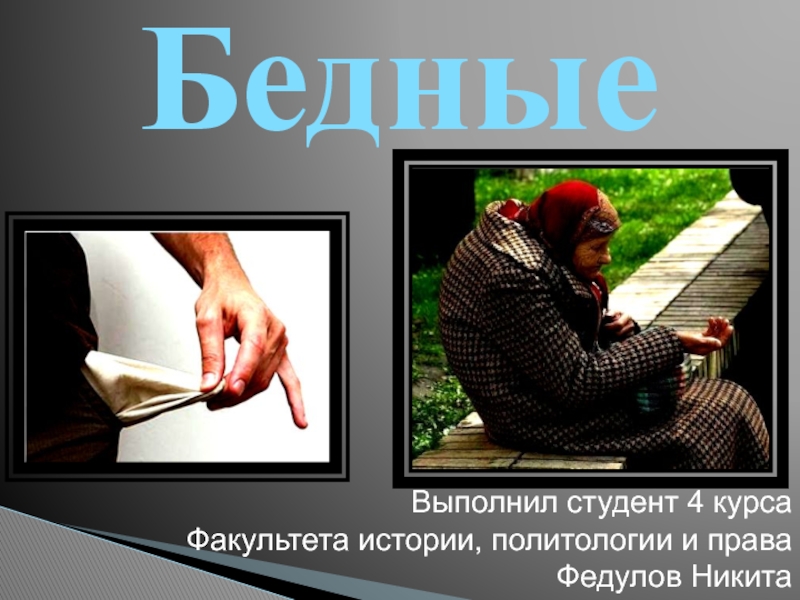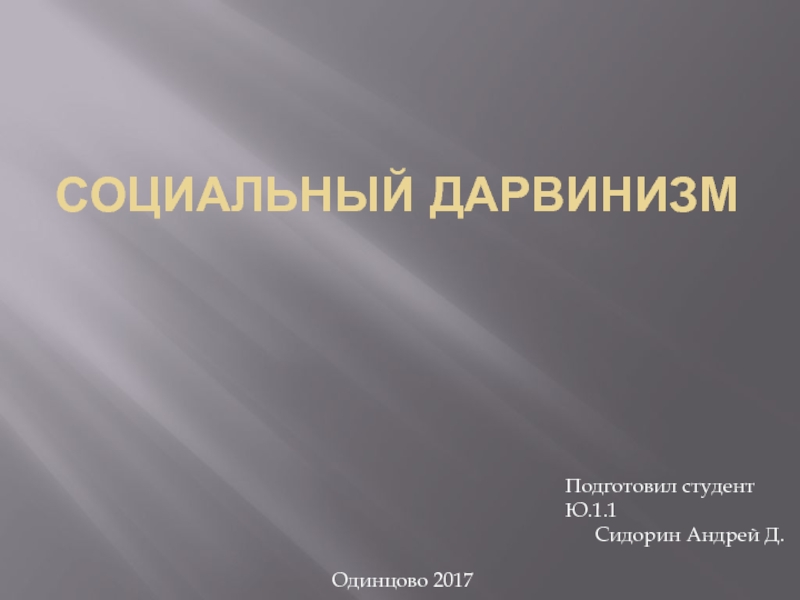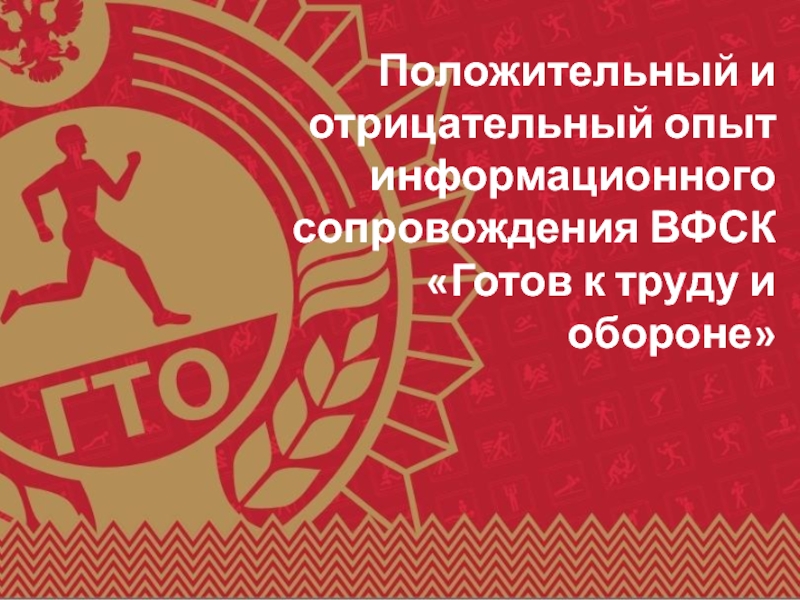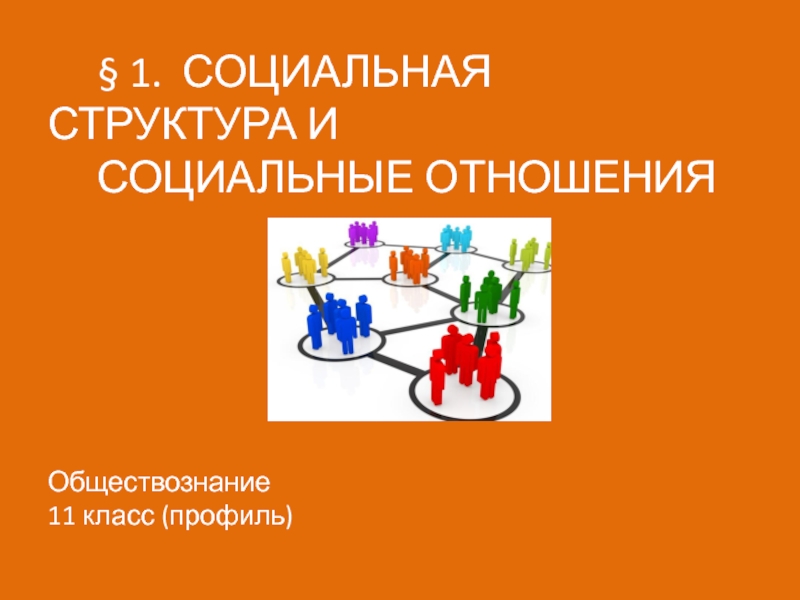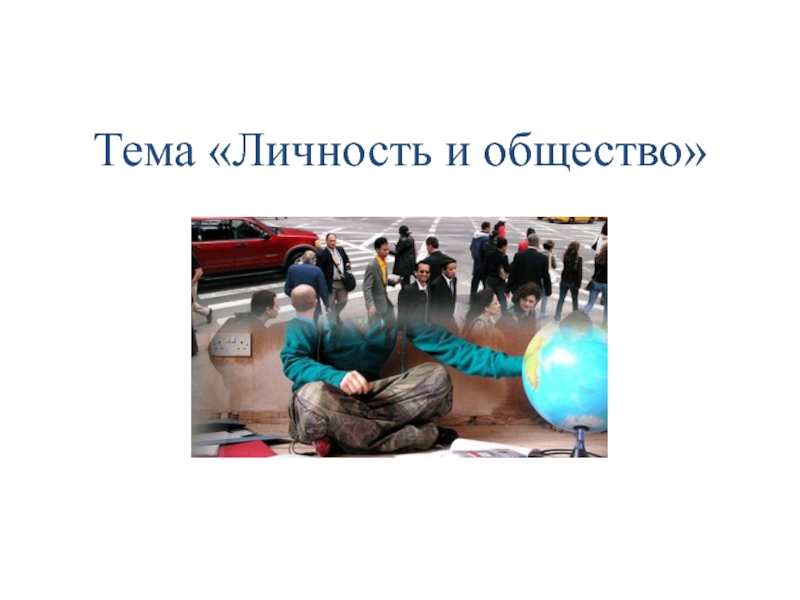- Главная
- Разное
- Дизайн
- Бизнес и предпринимательство
- Аналитика
- Образование
- Развлечения
- Красота и здоровье
- Финансы
- Государство
- Путешествия
- Спорт
- Недвижимость
- Армия
- Графика
- Культурология
- Еда и кулинария
- Лингвистика
- Английский язык
- Астрономия
- Алгебра
- Биология
- География
- Детские презентации
- Информатика
- История
- Литература
- Маркетинг
- Математика
- Медицина
- Менеджмент
- Музыка
- МХК
- Немецкий язык
- ОБЖ
- Обществознание
- Окружающий мир
- Педагогика
- Русский язык
- Технология
- Физика
- Философия
- Химия
- Шаблоны, картинки для презентаций
- Экология
- Экономика
- Юриспруденция
Social Cognition презентация
Содержание
- 1. Social Cognition
- 2. 1st class 1. Social cognition perspective 2.
- 3. Social Thinking = Social Cognition
- 4. How people think about themselves and
- 5. Social cognition refers to the cognitive structures
- 6. A common answer to this question is
- 7. In real life, our mental processes occur
- 8. Social cognition is both a subarea of
- 9. Automatic Thinking (An analysis of
- 10. (Susan Fiske) Principles of social cognition
- 11. And one of those principles is the
- 12. The next principle here concerns what one
- 14. Another principle concerns a process orientation. Because
- 16. Schemas Stereotypes Scripts Prototypes Associative networks Priming/Framing Representations
- 17. Automatic thinking requires little effort because it
- 18. Schemas describe the temporal organization of objects
- 19. Stored and automatically accessible information about a
- 20. People try to fill the missing
- 21. Our attention and encoding Our memory Our
- 22. Role Schemas: Are about proper behaviours in
- 23. Effective tool for understanding the world. Through
- 24. Influences & hampers uptake of new information
- 25. A stereotype is “...a fixed, over generalized belief about
- 26. Social Stereotypes are beliefs about people based on
- 27. Schemas & Stereotypes [Race and Weapons] White
- 28. Stereotypes are not easily changed, for the
- 29. Schemas knowledge structures that represent substantial information
- 30. Scripts guide behavior: The person fist selects
- 31. Example: here we have a script. If
- 32. However, schematic models have been criticized as
- 33. A major alternative of schema model was
- 34. A prototype is a cognitive representation that
- 35. Prototype refers to a specific ideal image
- 36. People store prototypical knowledge of social
- 37. The associative network approach assumes that mental
- 40. Each attribute would constitute
- 41. The central process that is assumed to
- 42. When activation levels are minimal, the information
- 43. Priming & Framing
- 44. When someone primes an engine (e.g., on
- 45. Priming is an implicit memory effect in
- 46. Activating a concept in the mind:
- 48. Study 1: Identify colors and memorize a
- 49. Study 2: Read a description of ‘Donald” and assess him on a variety of characteristics
- 50. ~ Priming and Accessibility ~
- 51. Participants in one study fist unscrambled sentences
- 53. Framing Changing the frame can change and
- 54. In a key experiment, Tverksy and
- 55. In Group 1, participants were told that
- 56. Presented with this option, which treatment plan would you choose?
- 57. Most participants opted for Treatment A –
- 58. Note that Treatment A and Treatment B
- 59. The Effect of Mood on Cognition The
- 60. 1. Attributions: theories of attributions errors of
- 61. Attributions Attribution Theory deals with how the
- 62. Attribution Theory Attribution theory, the approach
- 63. Sense of cognitive control. To
- 64. Heider (1958): ‘Naive Scientist’ Jones & Davis
- 65. Heider(1958): ‘Naive Scientist’ Heider hypothesised that:
- 66. People perceive behaviour as being caused. People
- 67. Causes of behaviour are seen as inside
- 69. ‘Bob is a jerk!’ ‘Bob is short-tempered!’
- 70. ‘Steve just told Bob that he is
- 71. 1. You were late for the lecture.
- 72. A correspondent inference is made when a
- 73. We are likely to make a correspondent
- 74. Correspondent Inference Theory Behaviour that
- 75. Harold Kelley’s covariation theory derived from Heider’s
- 76. Attributions based on 3 kinds of information: Consensus Consistency Distinctiveness Kelley’s Covariation Model
- 77. Attributions based on 3 kinds of information,
- 78. Consistency …the actor performs that same behavior
- 79. Distinctiveness …the actor performs different behaviors with different targets. Kelley’s Covariation Model
- 80. Consensus The extent to which
Слайд 21st class
1. Social cognition perspective
2. Knowledge structures:
Schemas
Stereotypes
Scripts
Prototypes
Priming/Framing
Associative networks
3. Attributions:
theories of
2nd class
errors of attributions
4. Biases: self-serving, negativity, conformation
5. Heuristics: availability, representativeness, simulation, gaze
6. Self-Fulfilling Prophecies
Plans for 2 classes
Слайд 4
How people think about themselves and the social world, or more
Social Cognition
Слайд 5Social cognition refers to the cognitive structures and processes that shape
Overlaps with other “core” areas of social psychology (e.g., attribution theories, impression formation, attitude formation/change, stereotypes, the self)
Heavily influenced by the field of cognitive psychology
Social Cognition
Слайд 6A common answer to this question is that whereas cognitive psychologists
How is social cognition different from “regular” cognition?
Слайд 7In real life, our mental processes occur within a complex framework
Whereas most cognitive psychology experiments attempt to eliminate the role played by these factors, social cognition researchers have had to increasingly recognize that an understanding of how the social mind works must include a consideration of how basic processes of perception, memory, and inference are influenced by motivation and emotion.
How is social cognition different from “regular” cognition?
Слайд 8Social cognition is both a subarea of social psychology and an
As a subarea, social cognition encompasses new approaches to classic research on attribution theory (which means how people explain behavior and events), impression formation (how people form impressions of others), stereotyping (how people think about members of groups), attitudes (how people feel about various things).
Social Cognition as an Approach
Слайд 9
Automatic Thinking (An analysis of our environment based on past experience
Quick, effortless
Limited conscious deliberation of thoughts, perceptions, assumptions
Controlled Thinking
Effortful, deliberate
Thinking about ourselves and our environment
Carefully selecting the right course of action
Two Basic Types of Thinking
Слайд 11And one of those principles is the principle of people as
Principle of
people as cognitive misers
Слайд 12The next principle here concerns what one might call unabashed mentalism;
Unabashed mentalism
Слайд 14Another principle concerns a process orientation. Because of the information processing
Process orientation
Слайд 17Automatic thinking requires little effort because it relies on knowledge structures,
Schemas
Scripts
Associative networks
Stereotypes
We reduce complex and detailed realities to simple images that can be stored and recalled.
Knowledge structures
Слайд 18Schemas describe the temporal organization of objects
Scripts describe the temporal organization
Schemas & Scripts
Слайд 19Stored and automatically accessible information about a concept, its attribution, &
Schemas (F. Bartlett, 1932)
Слайд 20
People try to fill the missing places in the schema automatically.
We can observe this not only in everyday life but also in science.
Слайд 21Our attention and encoding
Our memory
Our judgments
Our behaviour
which can in turn
Schemas Influence
Слайд 22Role Schemas: Are about proper behaviours in given situations. Expectations about
Self-Schemas: Are about oneself. We also hold idealized or projected selves or possible selves. Expectations about the self that organize and guide the processing of self-relevant information (e.g., if we think we are reliable we will try to always live up to that image. If we think we are sociable we are more likely to seek the company of others).
Person Schemas: Are about individual people. Expectations based on personality traits. What we associate with a certain type of person (e.g., introvert, warm person, outstanding leader, famous footballer).
Event Schemas: Are also known as Scripts. They are about what happens in specific situations. Expectations about sequences of events in social situations. What we associate with certain situations (e.g., restaurant schemas, Demonstration, First Dating).
Types Of Schemas
Слайд 23Effective tool for understanding the world.
Through use of schemas, most everyday
Schemas: The good
Слайд 24Influences & hampers uptake of new information (proactive interference), such as
Schemas: The bad
Слайд 25A stereotype is “...a fixed, over generalized belief about a particular group or
One advantage of a stereotype is that it enables us to respond rapidly to situations because we may have had a similar experience before
Слайд 26Social Stereotypes are beliefs about people based on their membership in a
Social stereotypes
Слайд 27Schemas & Stereotypes
[Race and Weapons]
White participants were showed pictures of white
Слайд 28Stereotypes are not easily changed, for the following reasons:
When people encounter
People’s perceptions are influenced by their expectations.
Example: Liz has a stereotype of elderly people as mentally unstable. When she sees an elderly woman sitting on a park bench alone, talking out loud, she thinks that the woman is talking to herself because she is unstable. Liz fails to notice that the woman is actually talking on a cell phone.
The Stability of Stereotypes
Слайд 29Schemas knowledge structures that represent substantial information about a concept, its
Scripts are knowledge structures that contain information about how people (or other objects) behave under varying circumstances. In a sense, scripts are schemas about certain kinds of events.
Script is like plan of actions in which separate actions can change places on condition of reaching the target.
Scripts
Слайд 30Scripts guide behavior: The person fist selects a script to represent
Слайд 31Example: here we have a script. If we make a mistake
Слайд 32However, schematic models have been criticized as being too loose and
In addition, newer approaches to mental representation have been proposed that can account for many if not all of the same phenomena covered by schema theory, but with a much greater degree of theoretical specificity.
We turn now to one of these alternatives to schema theory—namely, exemplar models.
Слайд 33A major alternative of schema model was provided by exemplar (prototype)
Instead of relying on precomputed generalizations, perceivers are assumed to retrieve and use sets of prior relevant and specific experiences to guide their social information processing.
Exemplar models
Слайд 34A prototype is a cognitive representation that exemplifies the essential features
A prototype is an abstract mental representation of the central tendency of members of a category.
The most representative member of category.
Prototype
Слайд 35Prototype refers to a specific ideal image of a category member,
As formulated in the 1970s by Eleanor Rosch and others, prototype theory was a radical departure from traditional necessary and sufficient conditions as in Aristotelian logic, which led to set-theoretic approaches of extensional or intensional semantics. Thus instead of a definition based model - e.g. a bird may be defined as elements with the features [+feathers], [+beak] and [+ability to fly], prototype theory would consider a category like bird as consisting of different elements which have unequal status - e.g. a robin is more prototypical of a bird than, say a penguin.
This leads to a graded notion of categories, which is a central notion in many models of cognitive science and cognitive semantics, e.g. in the work of George Lakoff (Women, Fire and Dangerous Things, 1987).
Prototype
Слайд 36
People store prototypical knowledge of social groups for example, librarians, policemen.
Prototype
Слайд 37The associative network approach assumes that mental representations consist of nodes
For example, a mental representation of a person named George could consist of various concepts that are associated with him, such as personality traits, occupational roles, physical appearance, and so on.
Associative Network Models
Слайд 40
Each attribute would constitute one node, and each node would
The strength of these links is hypothesized to vary.
Слайд 41The central process that is assumed to operate on this type
Each of the nodes in a network can vary in its degree of activation.
Слайд 42When activation levels are minimal, the information contained in a node
However, when the level of activation rises above a critical threshold, the information contained in the node is assumed to enter working memory and to begin to influence ongoing cognition. For example, if our hypothetical friend George were suddenly encountered on the street, the George node in longterm memory would be activated and thereby brought into working memory
Слайд 44When someone primes an engine (e.g., on a lawnmower), the person
Прайминг спсосб подталкивания к вспоминаю чего-л.
Priming
Слайд 45Priming is an implicit memory effect in which exposure to one
Prime – to activate a schema through a stimulus
When one concept becomes primed in memory by thinking about it, related concepts in memory become more accessible.
Слайд 46
Activating a concept in the mind:
Influences subsequent thinking
May trigger automatic processes
For
Priming
Слайд 48Study 1: Identify colors and memorize a list of positive words
The power of priming to activate concepts, which then hang around in the mind and can influence subsequent thinking, was demonstrated in an early study. Participants were asked to identify colors while reading words. The words did not seem at
all important to the study, but they were actually very important because they were primes.
By random assignment, some participants read the words reckless, conceited, aloof, and stubborn, whereas others read the words adventurous, self-confident, independent, and persistent.
Then all participants were told that the experiment was finished, but they were asked to do a brief task for another, separate experiment. In that supposedly different experiment, they read a paragraph about a man named Donald who was a skydiver, a powerboat racer, and a demolition derby driver, and they were asked to describe the impression they had of Donald. It turned out that the words participants had read earlier influenced their opinions of him. Those who had read the words reckless, conceited, aloof, and stubborn were more likely to view Donald as having those traits
than were participants who had read the other words. That is, the fist task had primed” participants with the ideas of recklessness, stubbornness, and so forth, and once these ideas were activated, they influenced subsequent thinking
Слайд 51Participants in one study fist unscrambled sentences by choosing four out
The experimenter waited for the participant, while pretending to explain the sentence task to a confederate. The confederate pretended to have a difficult time understanding the task. The experimenter refused to acknowledge the participant, who was waiting patiently for instructions on what to do next. The dependent variable in the study was whether participants interrupted the experimenter within a 10-minute period. Of course, it is rude to interrupt somebody who is speaking to another person. As can be seen in next Figure, participants primed with rude words were much more likely to interrupt the experimenter than were participants primed with polite words. Thus, priming activated the idea of being rude (or polite), which then lingered in the mind and influenced behavior in a seemingly unrelated context.
Слайд 53Framing
Changing the frame can change and even reverse interpretation.
The Framing effect
Слайд 54
In a key experiment, Tverksy and Kahneman split participants into two
Framing Experiment
Слайд 55In Group 1, participants were told that with Treatment A, “200 people
In Group 2, on the other hand, participants were told that with Treatment A, “400 people will die.” And with Treatment B, there was “a one-third probability that no one will die, and a two-thirds probability that 600 people will die.”
Kahneman’s Framing Experiment
Слайд 57Most participants opted for Treatment A – the sure thing (1st
In 2nd group, the results were reversed. Most participants opted for Treatment B.
Kahneman’s Framing Experiment
Слайд 58Note that Treatment A and Treatment B are exactly the same
When the treatments were presented in terms of lives saved (positive framing), the participants opted for the secure program (A). When the treatments were presented in terms of expected deaths (negative framing), they chose the gamble (B).
Слайд 59The Effect of Mood on Cognition
The mood-congruence effects
We remember positive details
We remember negative details of an event if we were in a bad mood
This can lead to more decision-making errors!
Слайд 601. Attributions:
theories of attributions
errors of attributions
2. Biases: self-serving, negativity, conformation
3.
4. Self-Fulfilling Prophecies
Processes
Слайд 61Attributions
Attribution Theory deals with how the social perceiver
uses information to
Слайд 62Attribution Theory
Attribution theory, the approach that dominated social psychology in the
Attribution theory is a bit of a misnomer, as the term actually encompasses multiple theories and studies focused on a common issue, namely, how people attribute the causes of events and behaviors. This theory and research derived principally from a single, influential book by Heider (1958) in which he attempted to describe ordinary people’s theories about the causes of behavior. His characterization of people as “naive scientists” is a good example of the phenomenological emphasis characteristic of both early social psychology and modern social cognition.
Слайд 63 Sense of cognitive control.
To predict the future (So, it
To respond appropriately.
It can improve relationships.
It can lead to self-understanding
Why do we make attributions?
Слайд 64Heider (1958): ‘Naive Scientist’
Jones & Davis (1965): Correspondent Inference Theory
Kelley (1973):
Theories of attribution
Слайд 65Heider(1958): ‘Naive Scientist’
Heider hypothesised that:
People are naive scientists who
attempt to
processes to explain events.
Слайд 66People perceive behaviour as being caused.
People give causal attributions (even to
Both disposition & situation can cause behaviour.
Attribution theory: ‘Naive Scientist’
Слайд 67Causes of behaviour are seen as inside (internal) or outside (external)
Attribution theory: ‘Naive Scientist’
Слайд 70‘Steve just told Bob that he is having an affair Bob’s
‘Steve paid Bob $100 to give him a black eye.’
‘Bob tripped on a cord and accidentally hit Steve when he lost his balance.’
External attribution
Слайд 72A correspondent inference is made when a behavior is believed to
Jones & Davis (1965): Correspondent Inference Theory
Слайд 73We are likely to make a correspondent inference when we perceive
was freely chosen.
was intended.
was low in social desirability.
Correspondent Inference Theory
Слайд 74
Correspondent Inference Theory
Behaviour that is
Freely chosen
Was intended
Low in social desirability
Somehow
Was not intended
High in social desirability
Originates from the person’s stable traits
Originates from the situational effects
Слайд 75Harold Kelley’s covariation theory derived from Heider’s covariation principle.
Heider’s covariation
Kelley’s Covariation Model
Слайд 76Attributions based on 3 kinds of information:
Consensus
Consistency
Distinctiveness
Kelley’s Covariation Model
Слайд 77Attributions based on 3 kinds of information, which represent the degree
Consensus …other actors perform the same behavior with the same object.
Kelley’s Covariation Model
Слайд 78Consistency …the actor performs that same behavior toward an object on different
Kelley’s Covariation Model
Слайд 79Distinctiveness
…the actor performs different behaviors with different targets.
Kelley’s Covariation Model
Слайд 80
Consensus
The extent to which an individual’s response is similar to one
Consistency
The extent to which an individual responds to a given situation in the same way as on different occasions
Distinctiveness
The extent to which an individual responds in the same way as to different situations
Low
High
Low
High
High
High
Internal Causes
External Causes
Kelley’s Covariation Model

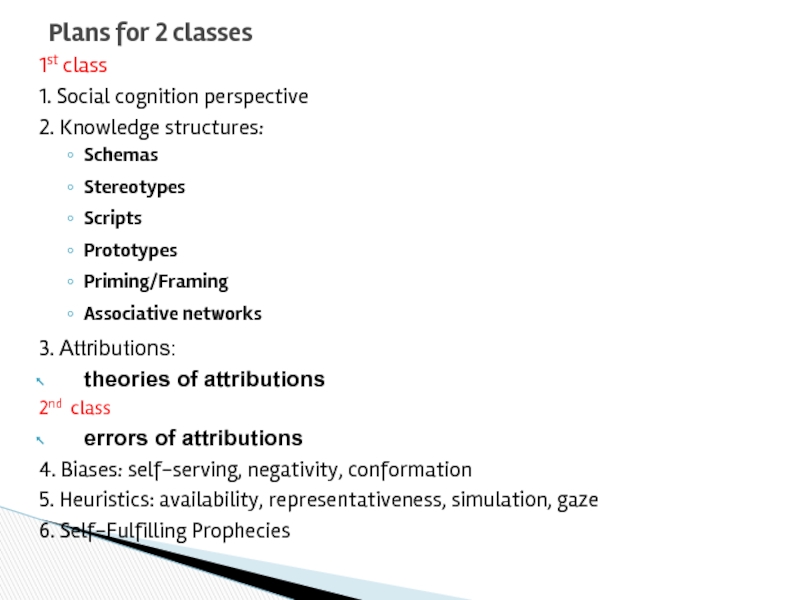
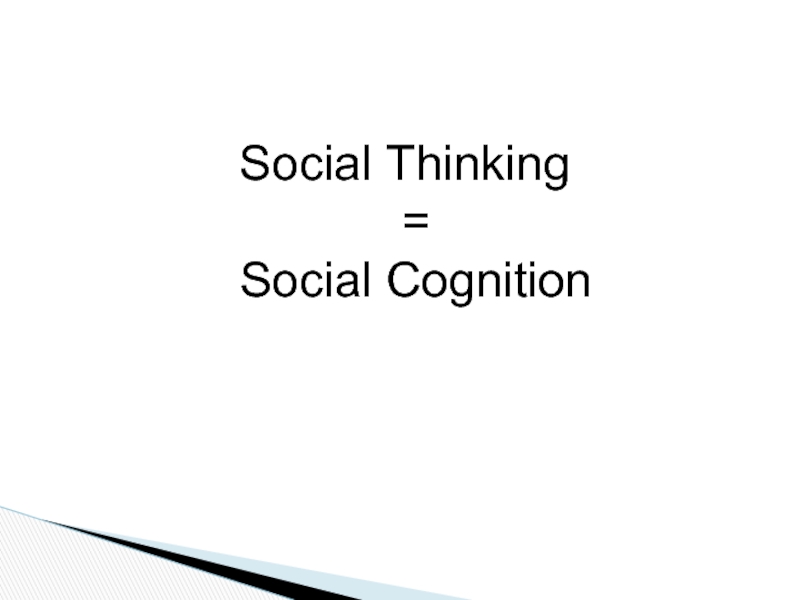
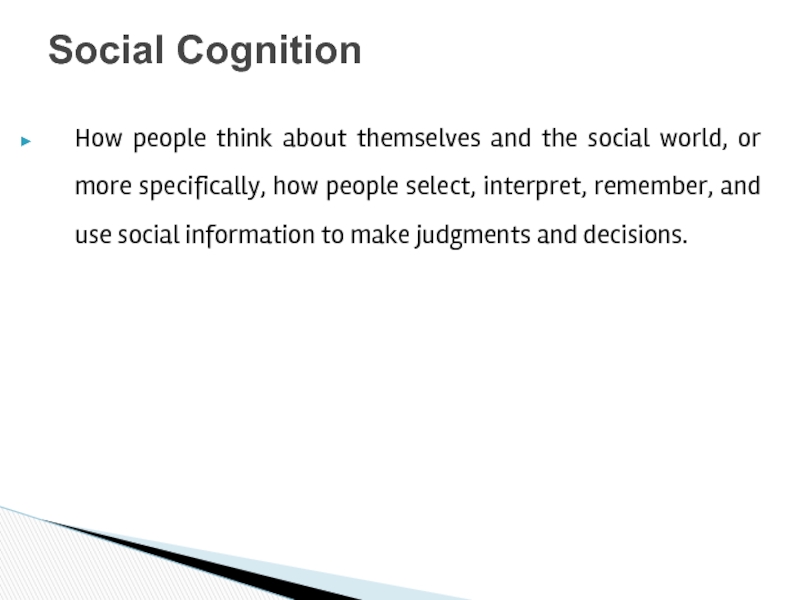
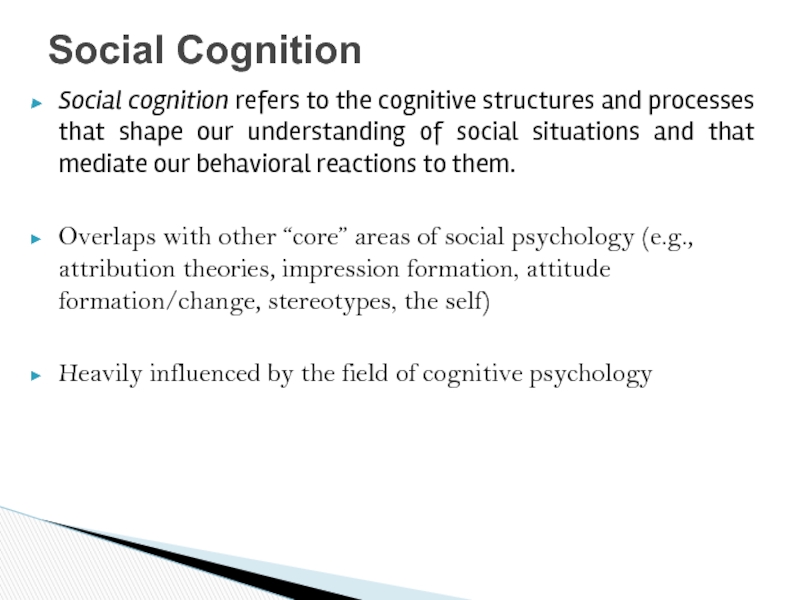

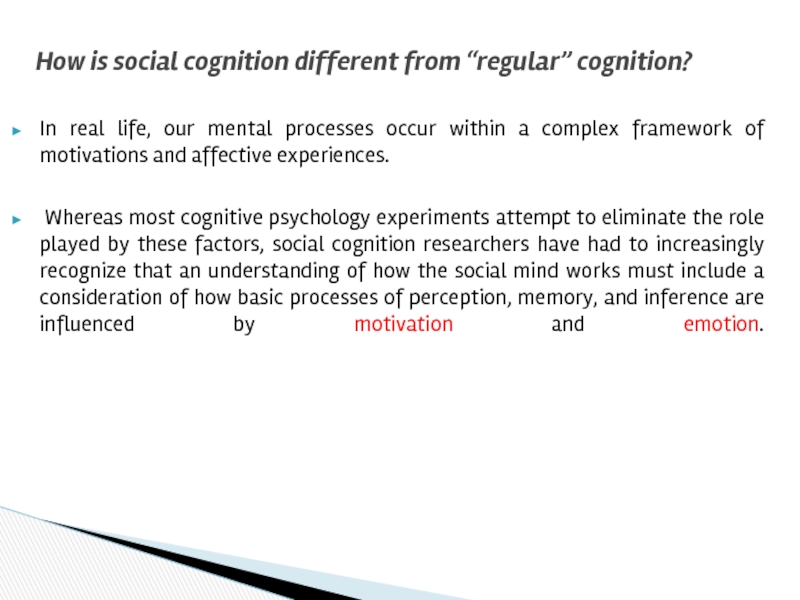

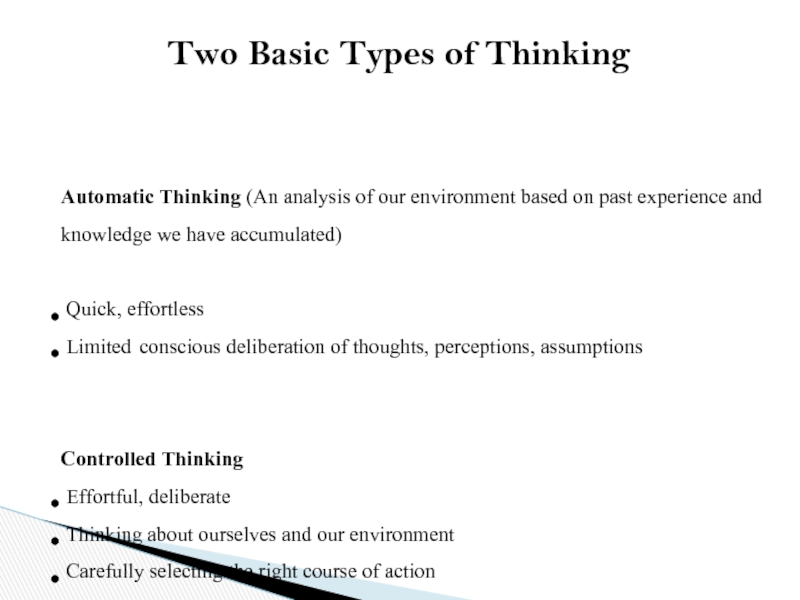
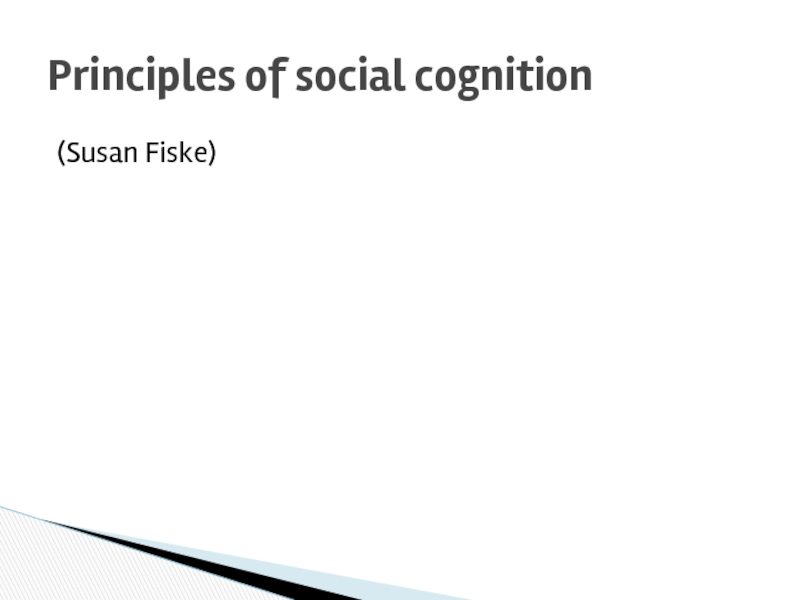
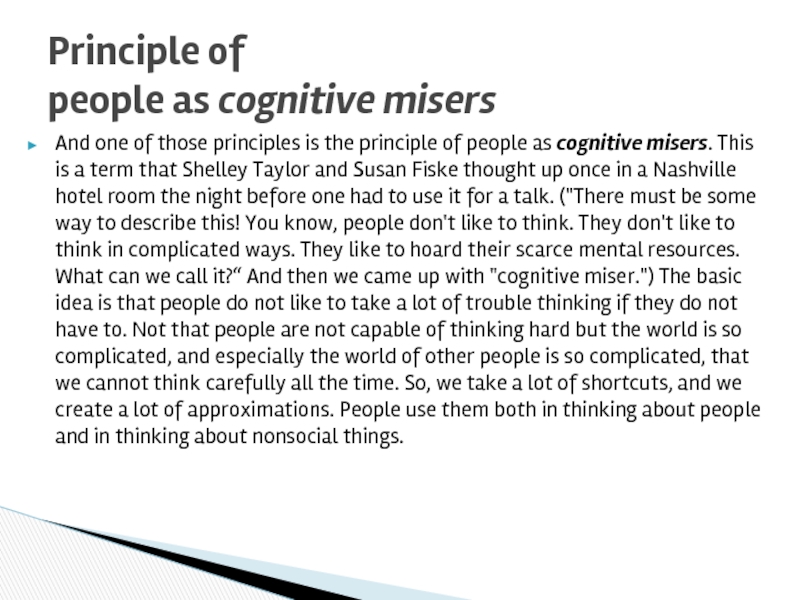

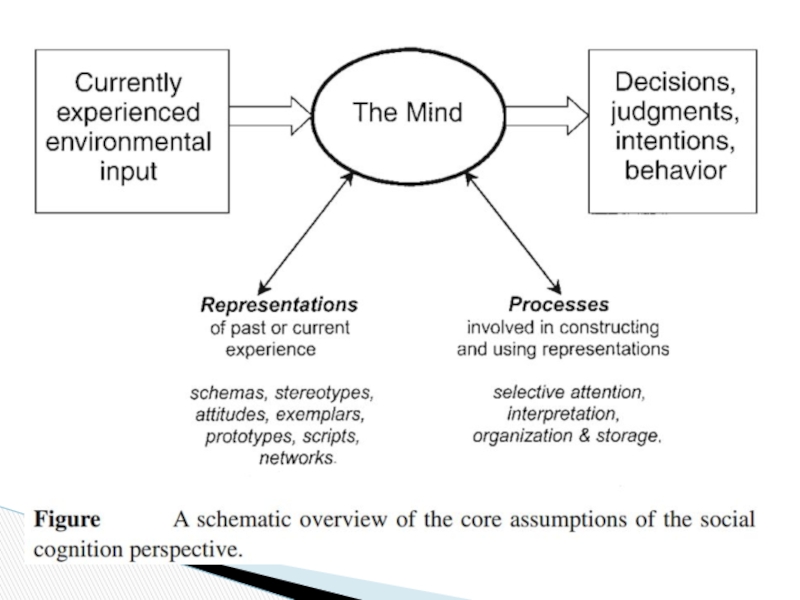
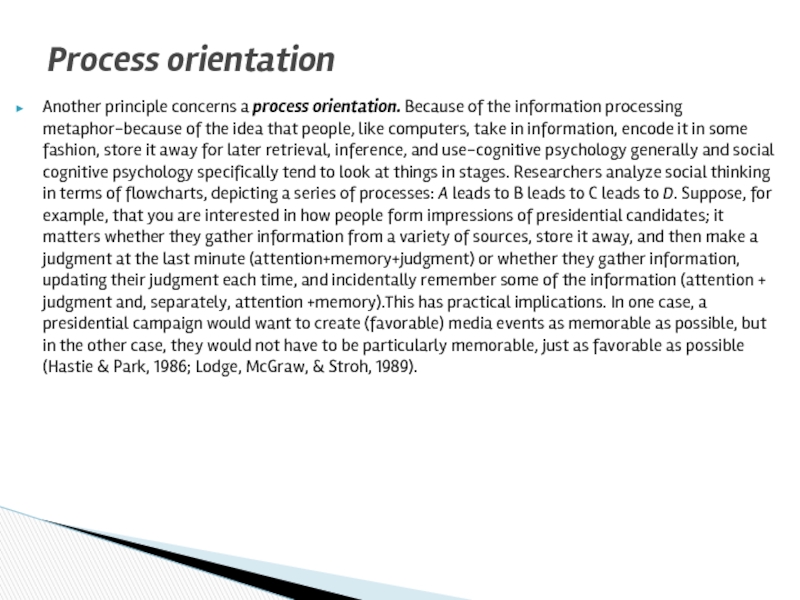
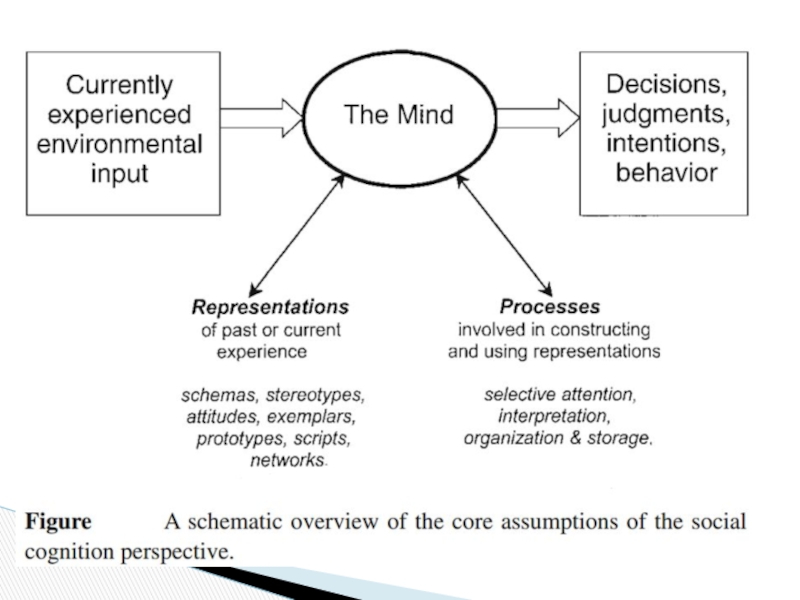
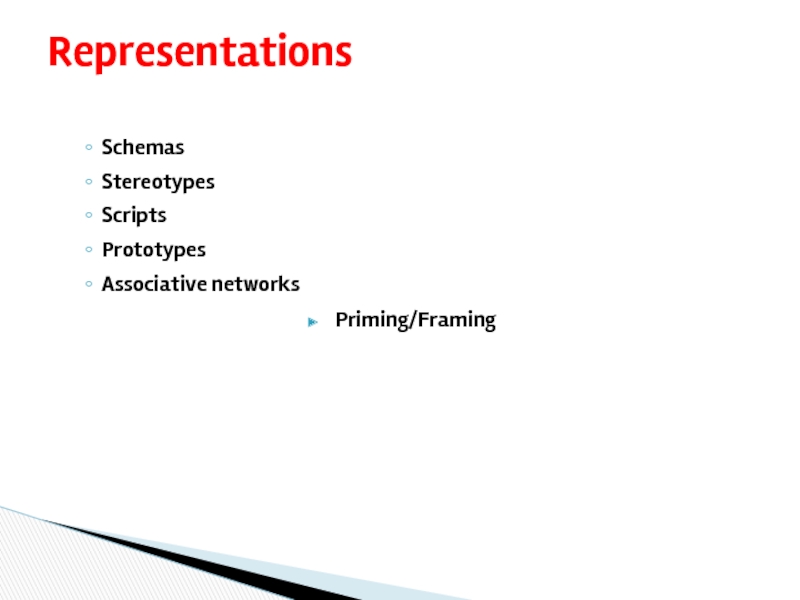
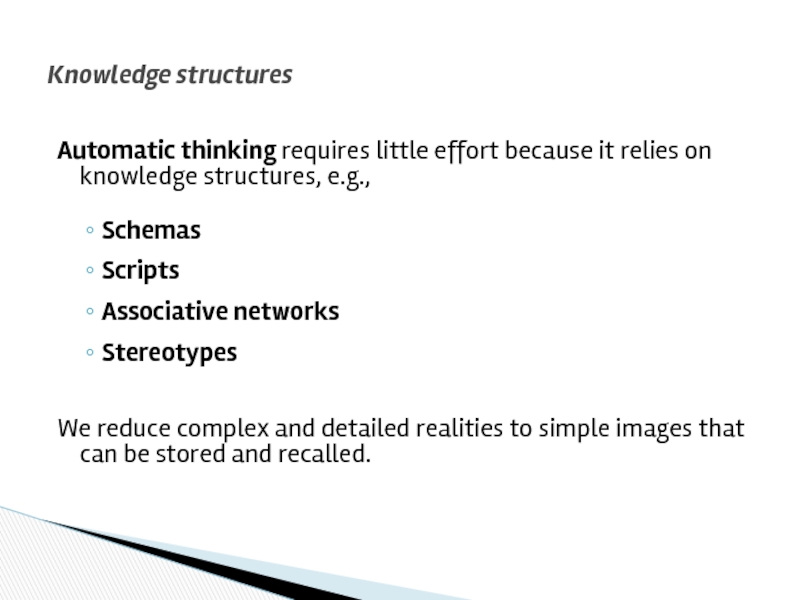

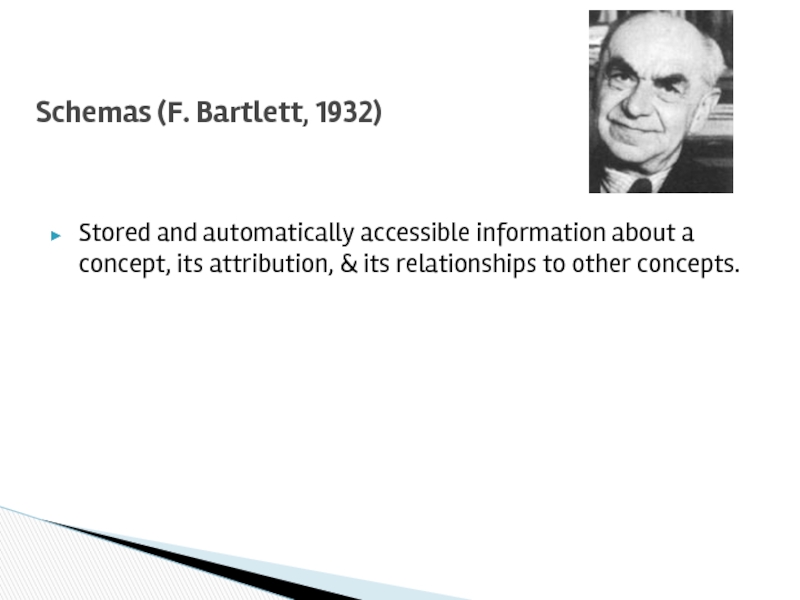

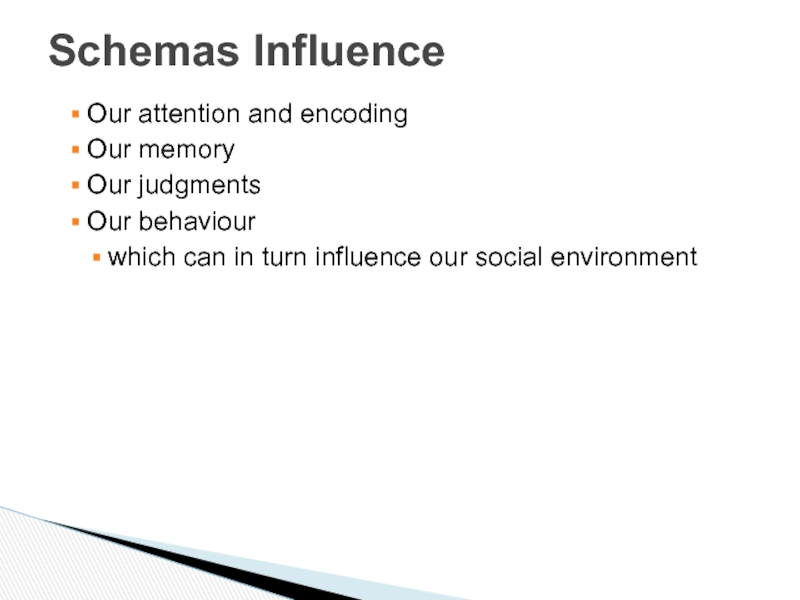
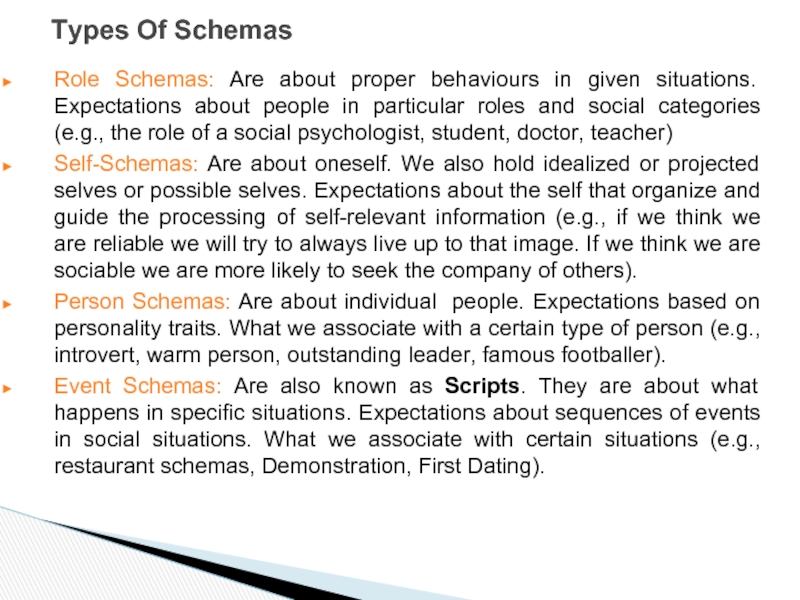
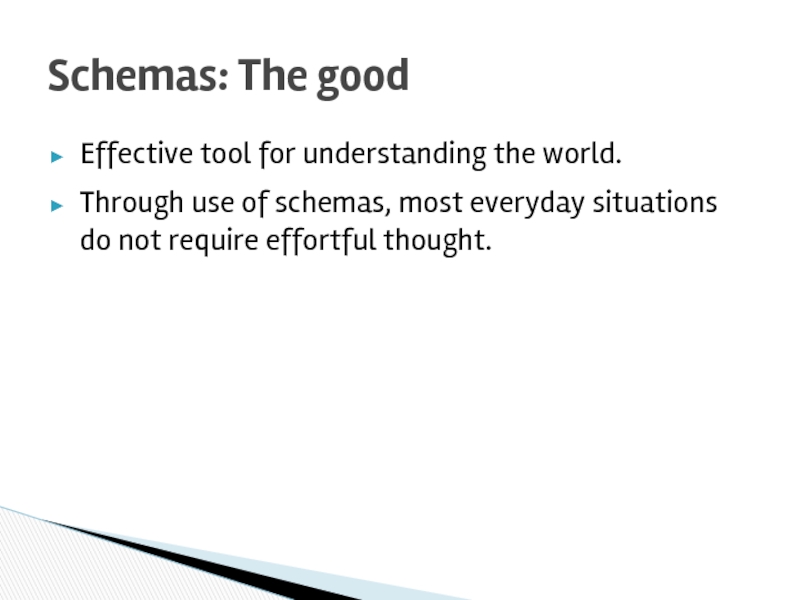
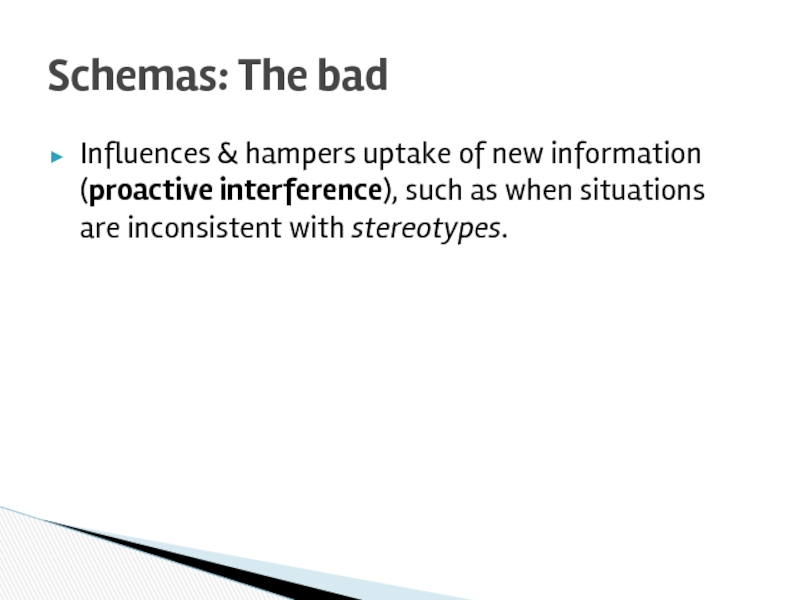
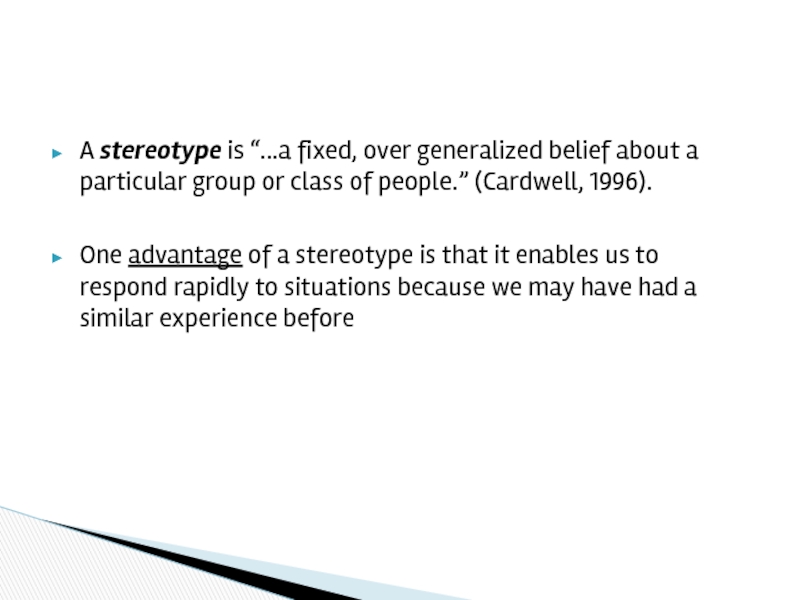
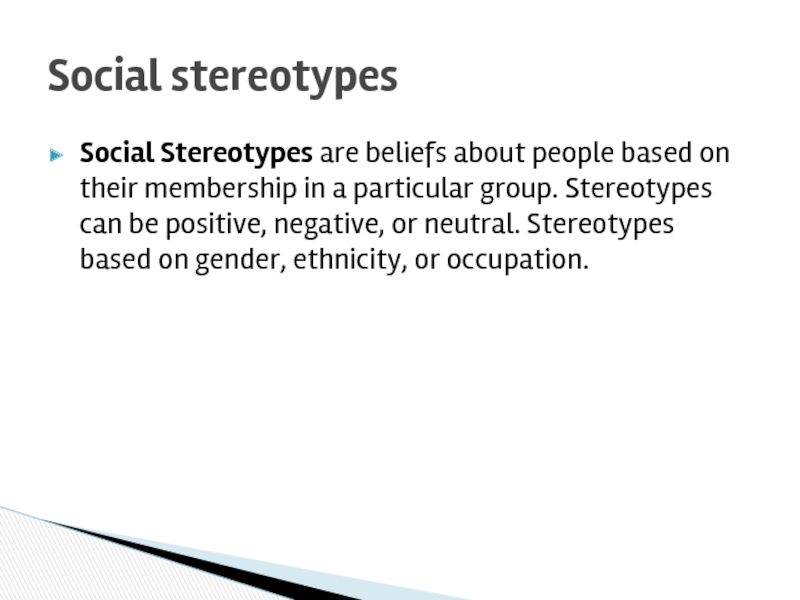
![Schemas & Stereotypes[Race and Weapons]White participants were showed pictures of white and black individuals in](/img/tmb/1/60258/f4f1da705699bc6559faaef44778bd95-800x.jpg)

